What life was like in Soviet Moldova (PHOTOS)

The historical region of Bessarabia in south-eastern Europe became part of the Russian Empire in the 19th century. After the 1917 Revolution, the region declared independence as the Moldavian Democratic Republic, and then promptly became part of neighboring Romania. The new Soviet government was indignant, believing that Romania had illegally occupied the land. To avoid a military conflict, Romania voluntarily surrendered it, and in 1940 the entire territory of historical Bessarabia became part of the USSR as the Moldavian SSR.
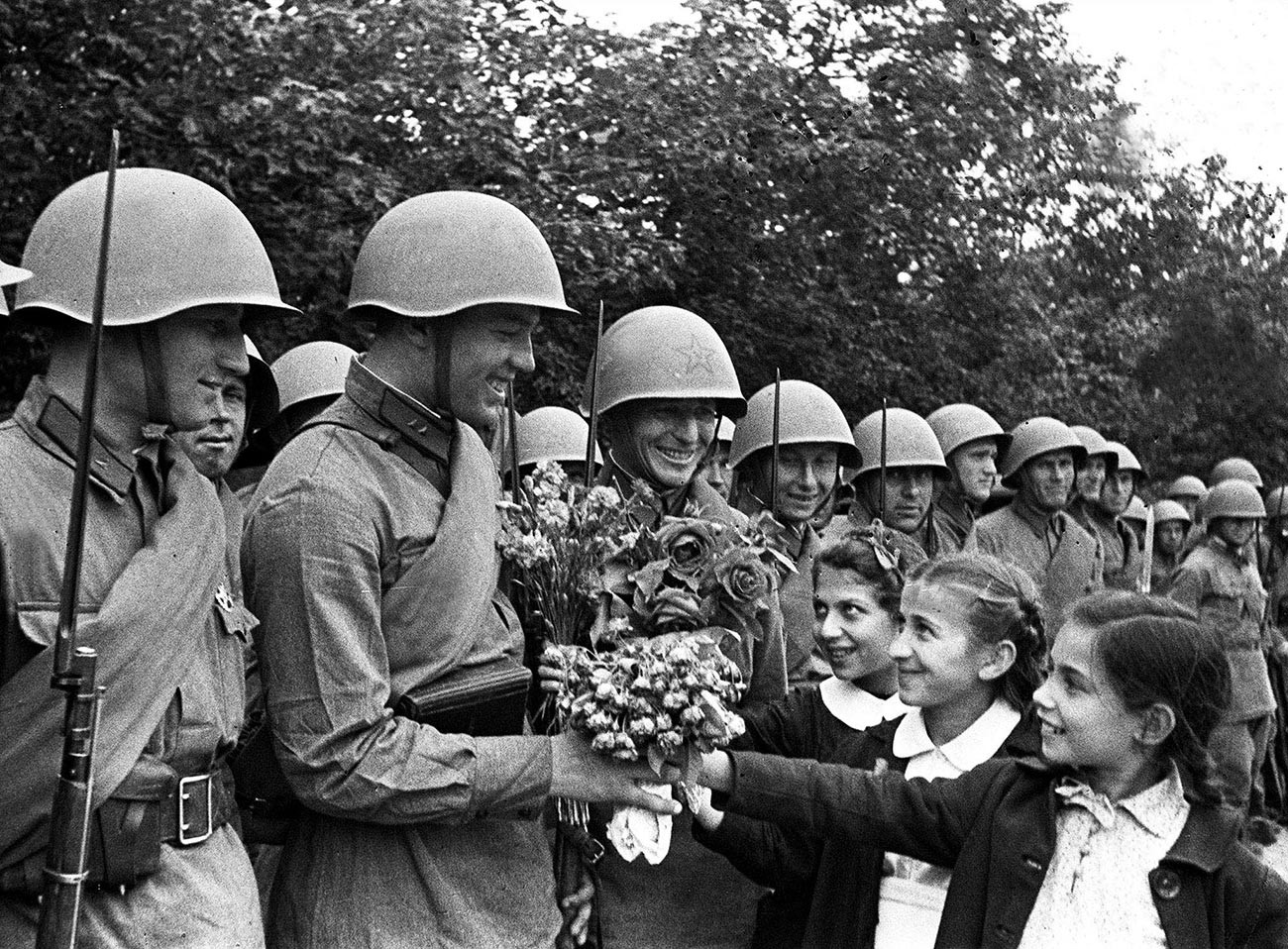
Red Army soldiers are greeted by children during a military parade on the accession of Bessarabia and Northern Bukovina to the USSR, Chisinau, July 4, 1940.
Alexander Gribovsky, Dmitry Chernov/TASS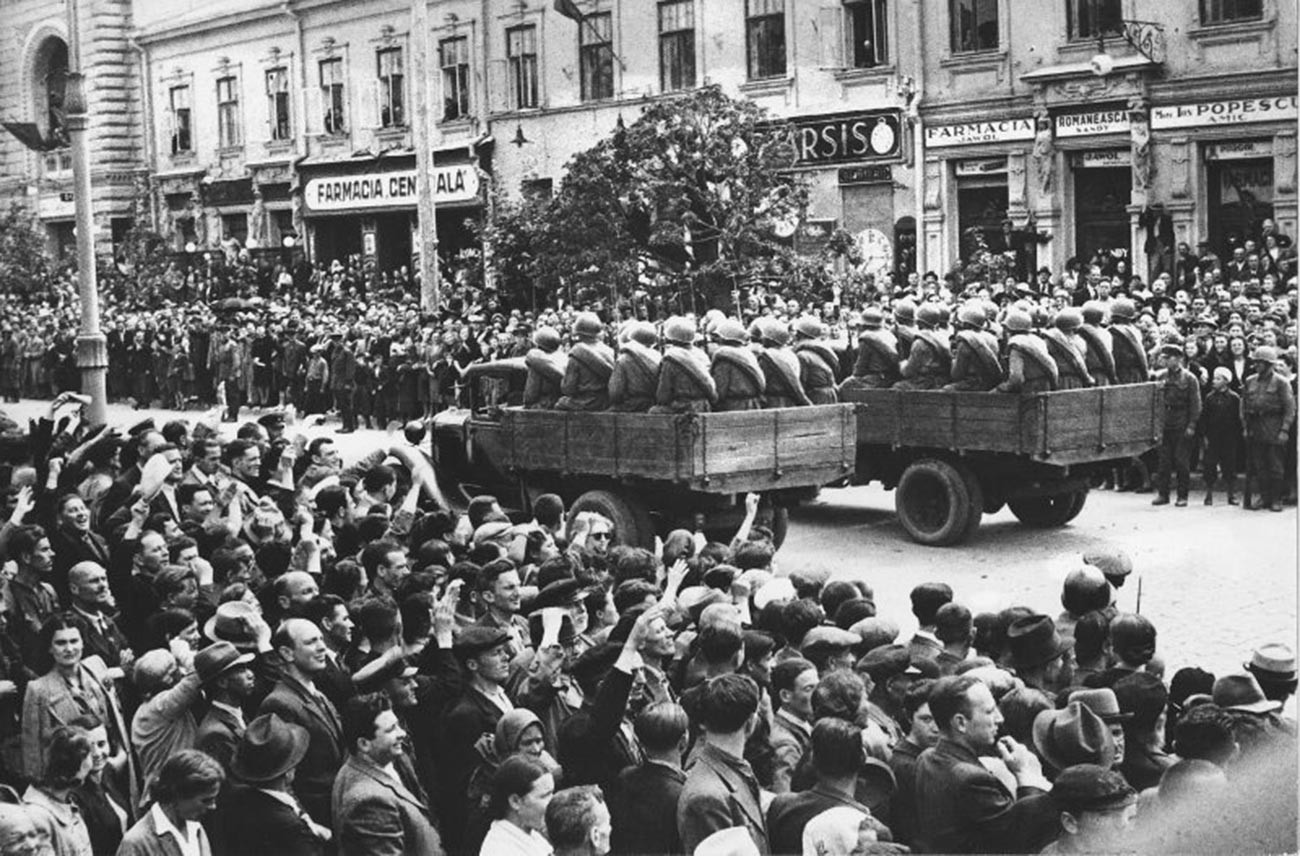
The same accession parade in Chisinau, 1940
D. Chernov/MAMM/MDFNon-Soviet Moldova
Due to its relatively late entry into the USSR, life in Moldova at first differed from the rest of the country: the restaurants, street organ grinders and, of course, architecture barely resembled the typical Soviet landscape.
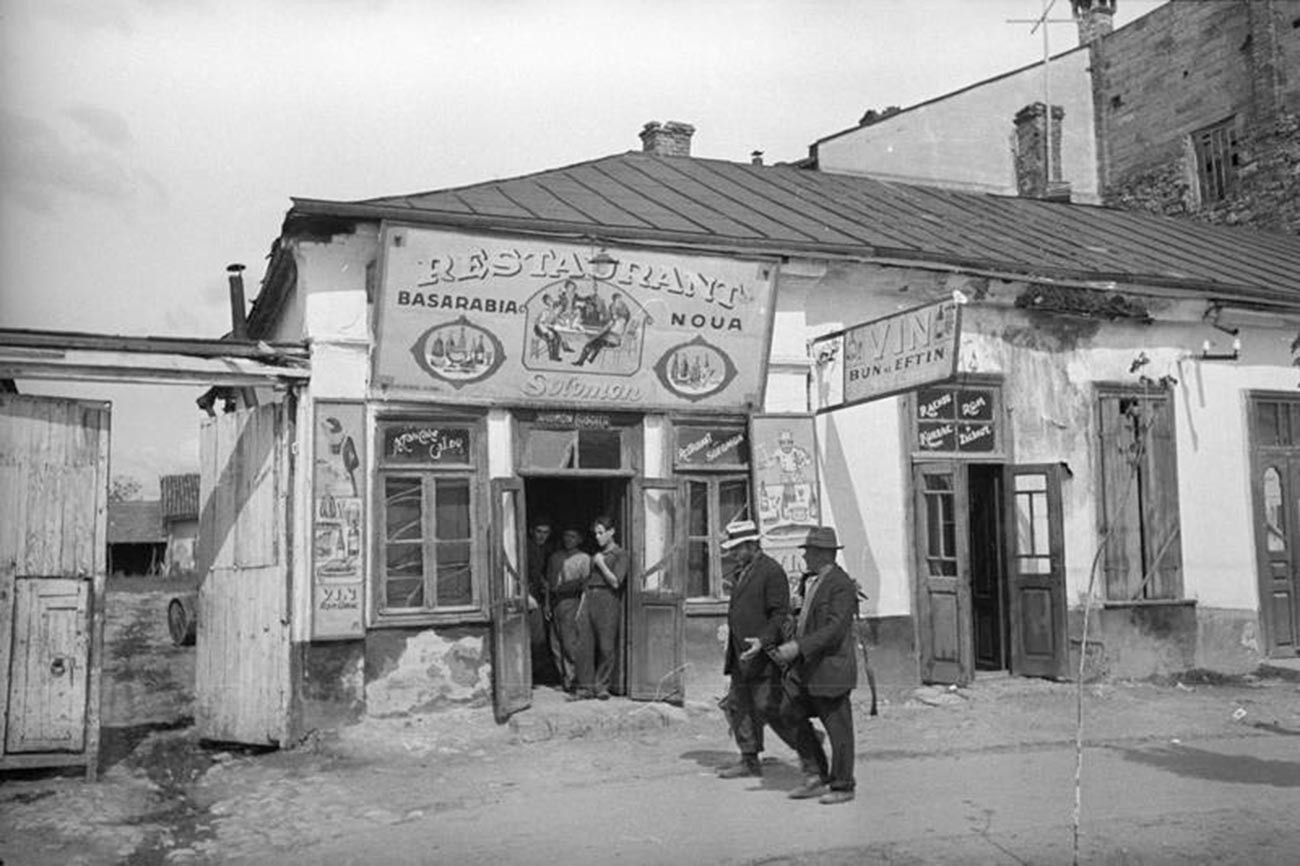
Bessarabia Nova restaurant in Chisinau, 1940
Georgy Petrusov/MAMM/MDF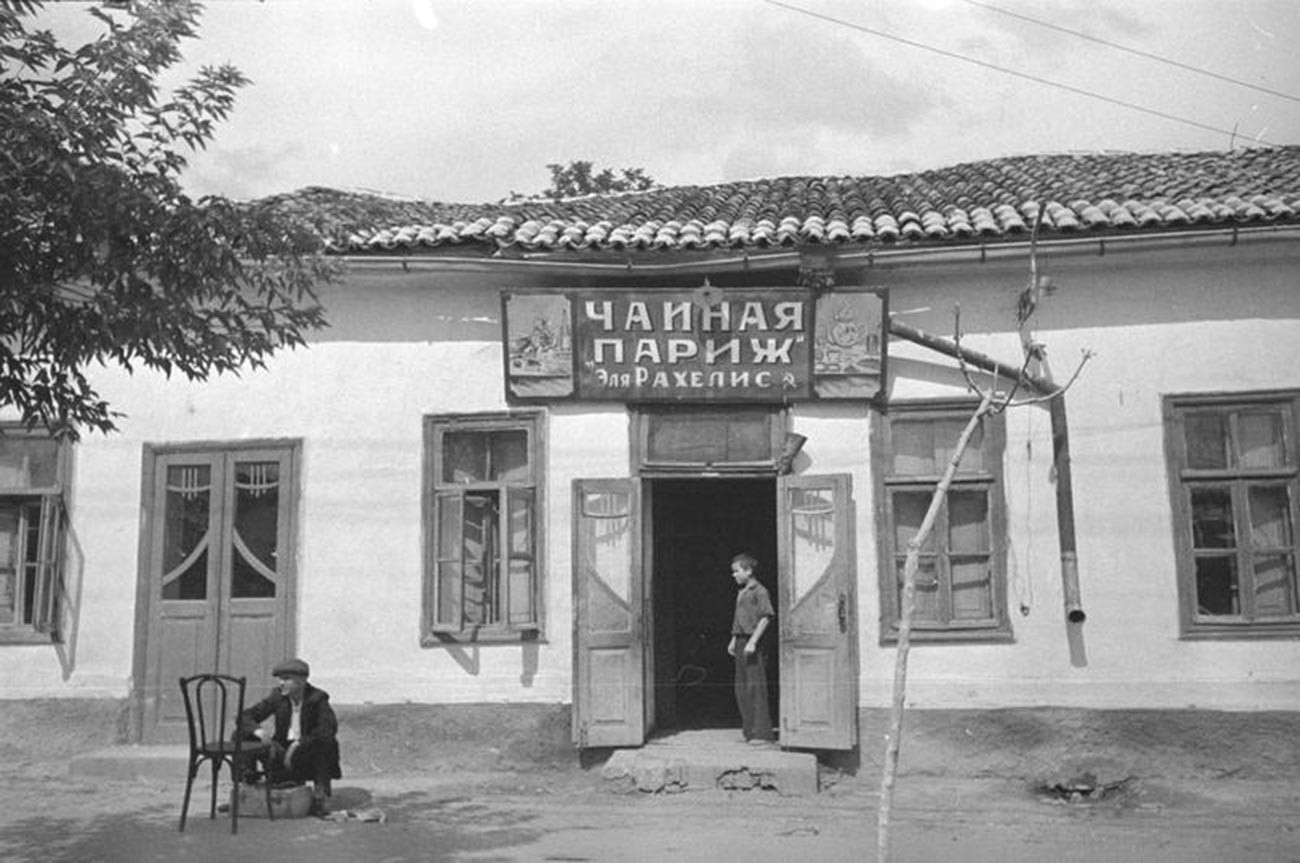
Parizh (Paris) tearoom, 1940
Georgy Petrusov/MAMM/MDF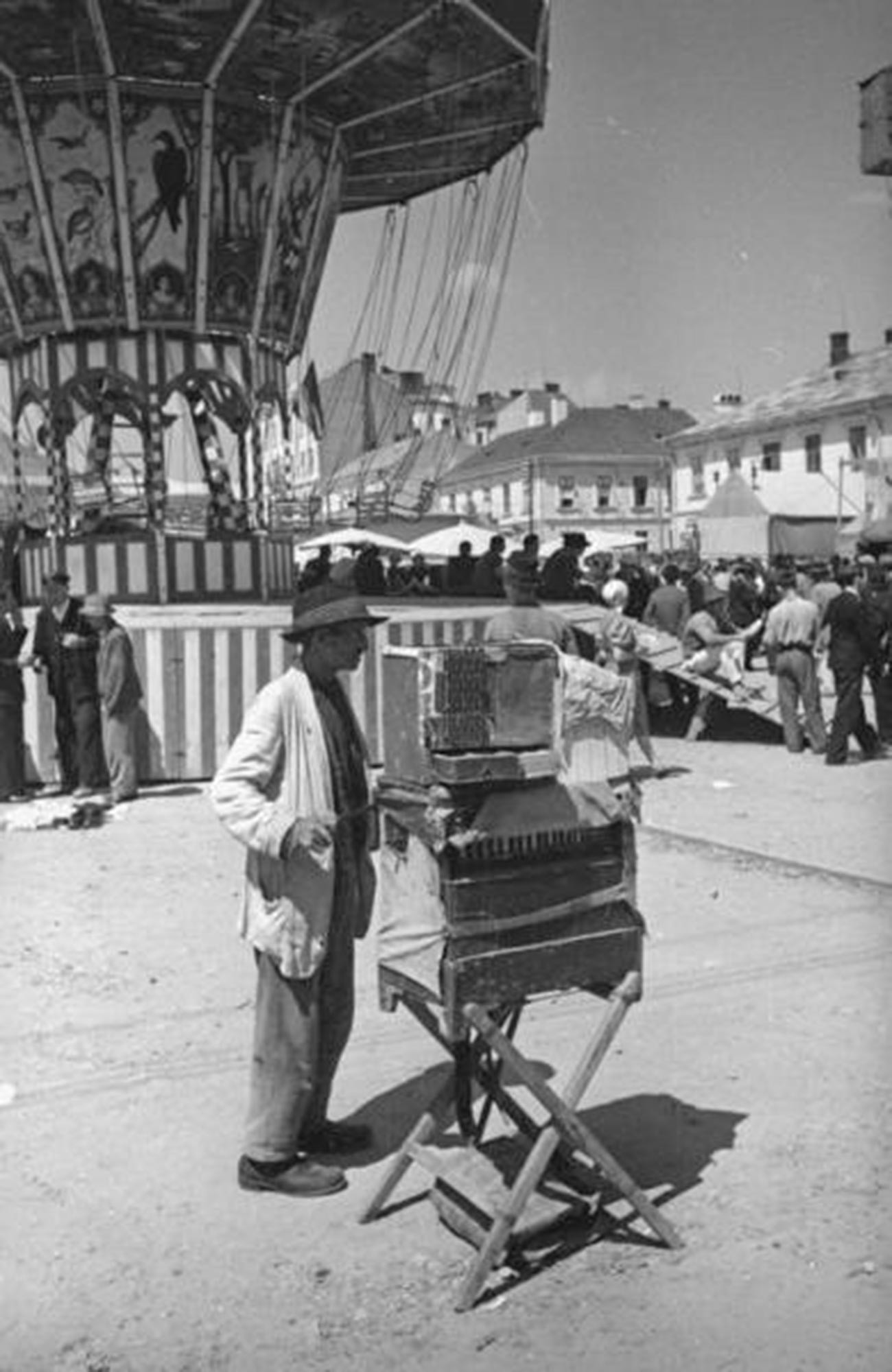
Organ grinder with parrot at a fair in the city of Chernivtsi, 1940
Georgy Petrusov/MAMM/MDF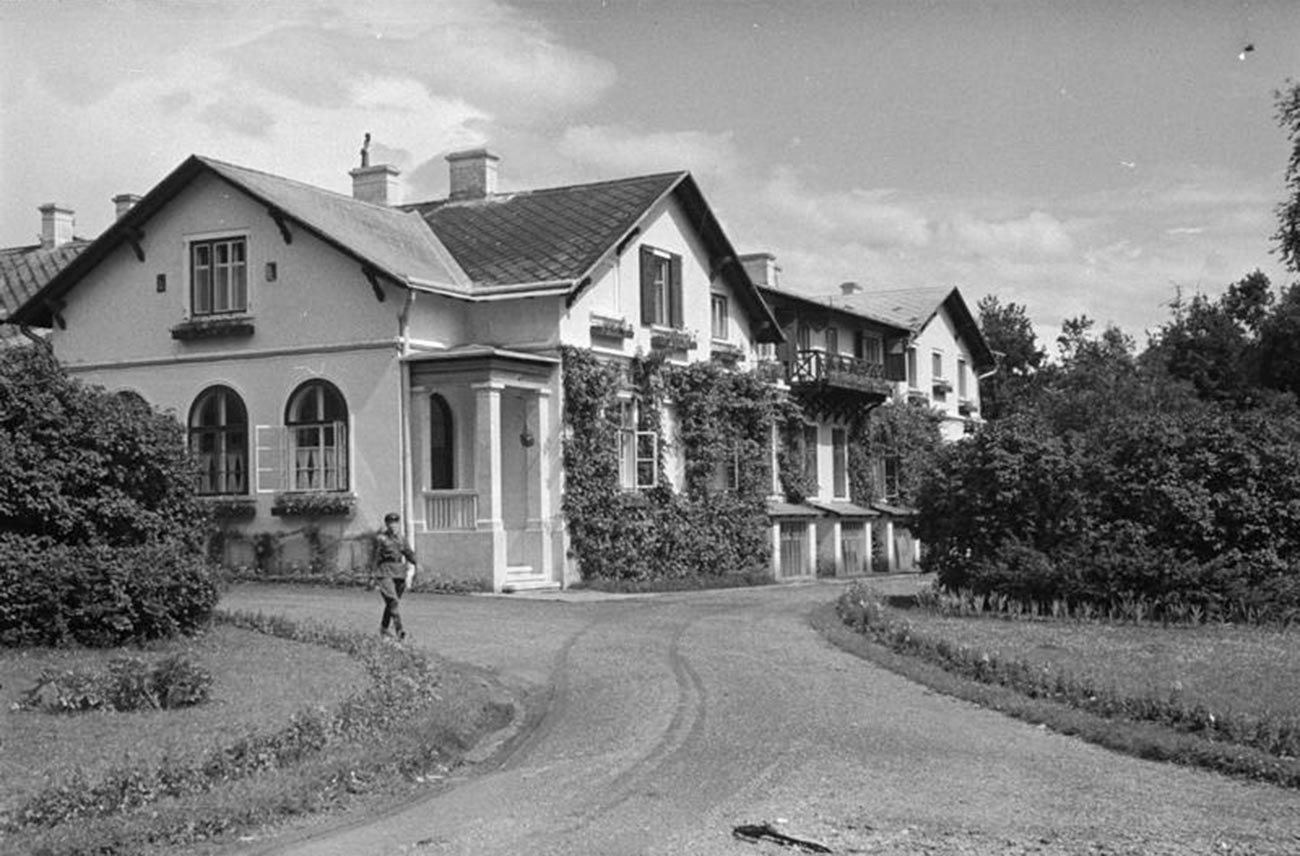
Steiner manor house, 1940
Georgy Petrusov/MAMM/MDF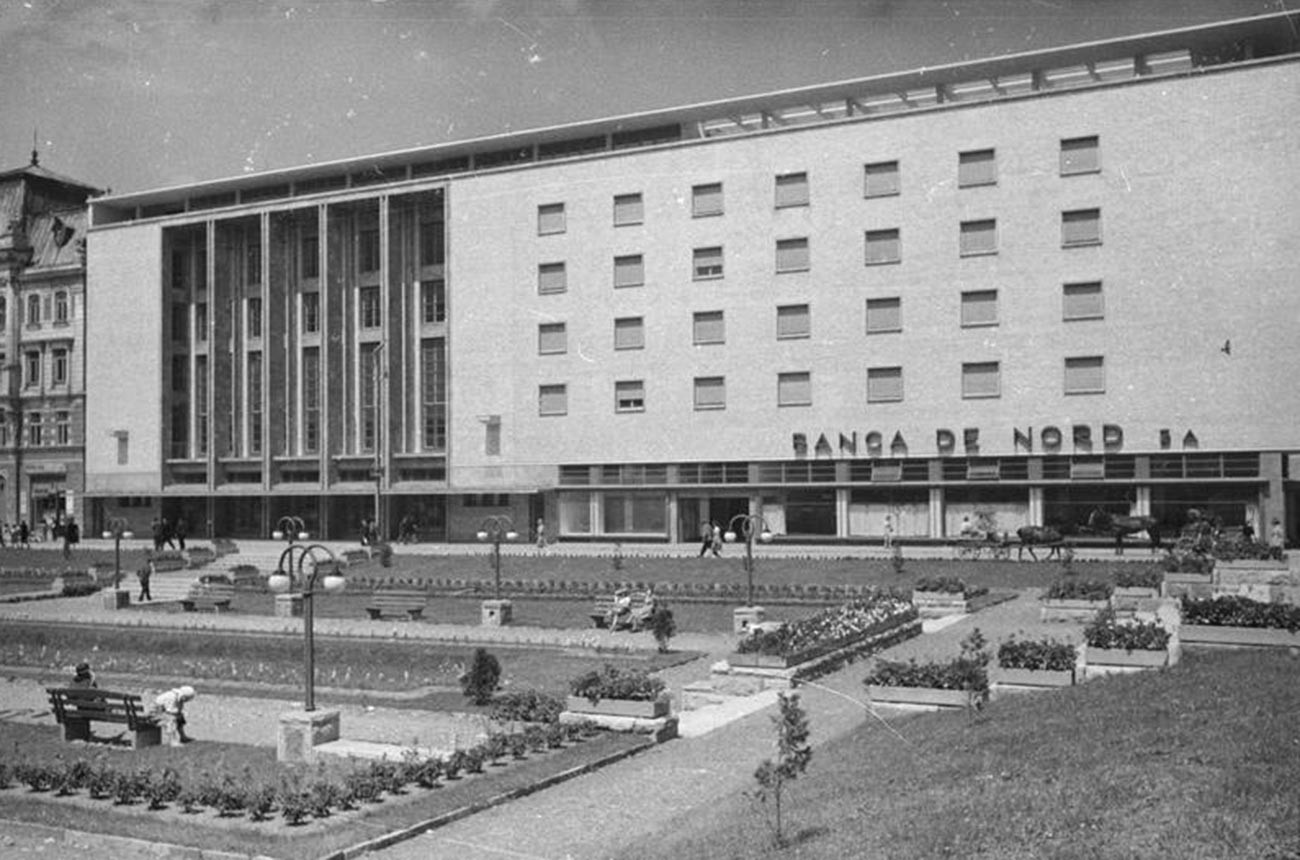
Bank in the city of Chernivtsi (now part of Ukraine), 1940
Georgy Petrusov/MAMM/MDF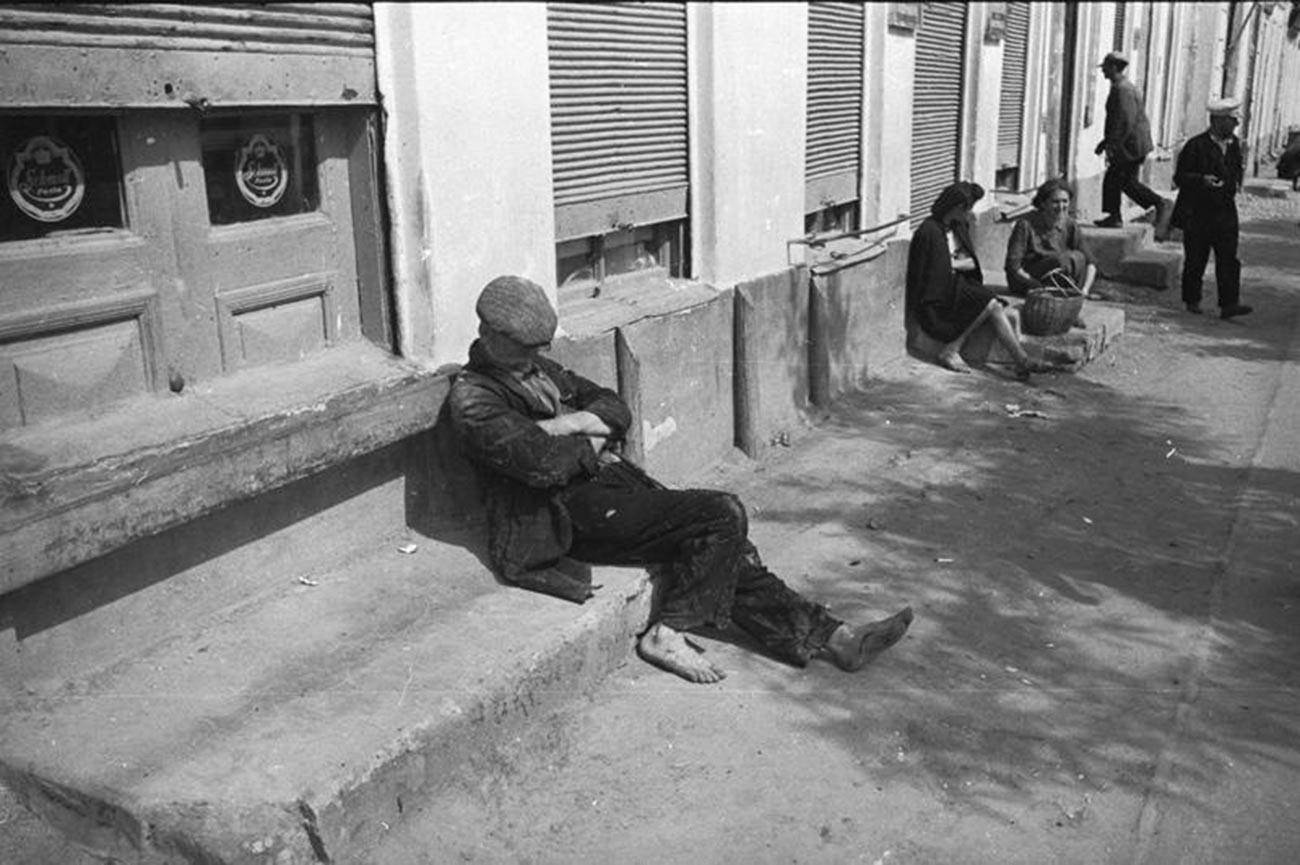
Unemployed man on the streets of Chisinau, 1940
Georgy Petrusov/MAMM/MDF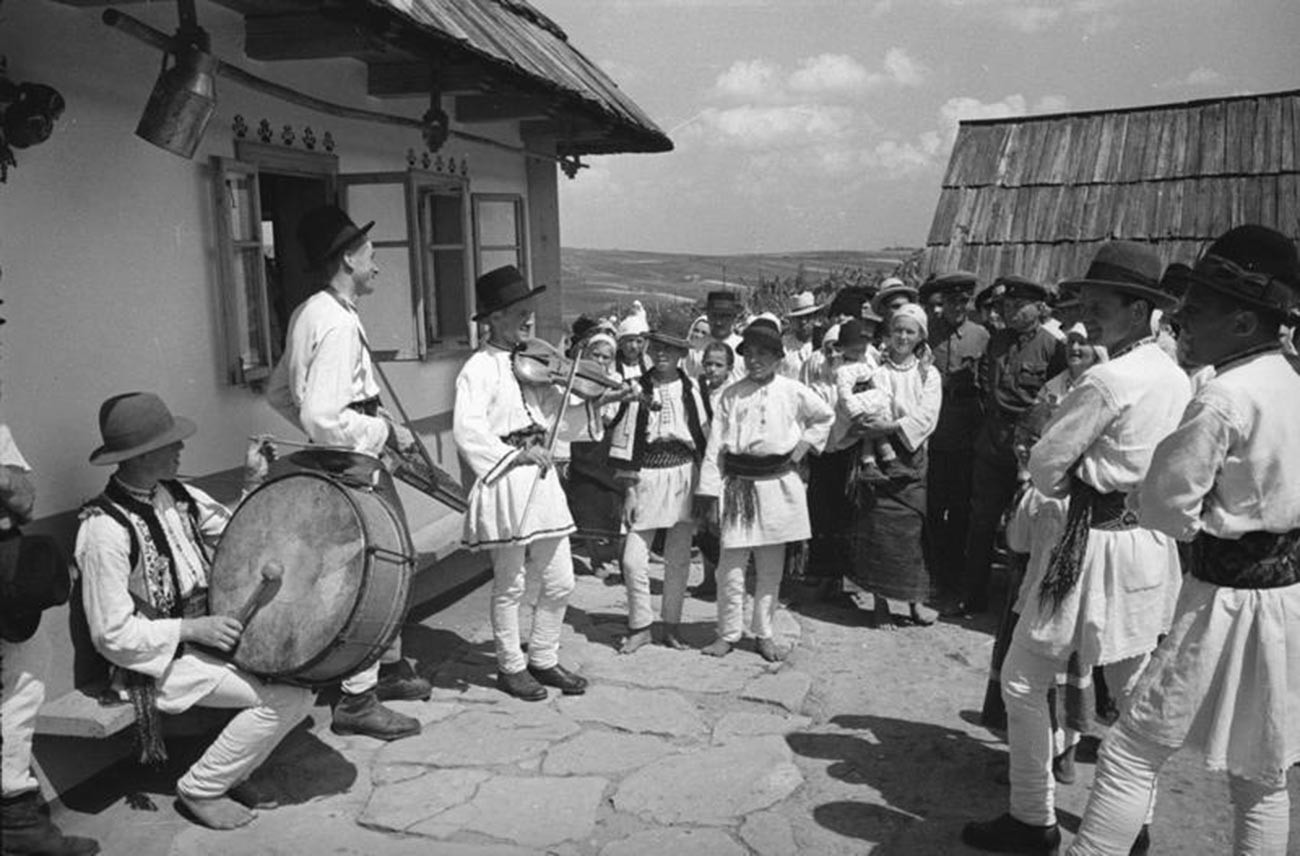
Village wedding. Orchestra, 1940
Georgy Petrusov/MAMM/MDF
Village wedding. Feast in a hut, 1940
Georgy Petrusov/MAMM/MDFOccupied territory
In 1940, Moldova passed from Romania to the USSR. Then in June 1941, when the Great Patriotic War broke out, Romania, an ally of Nazi Germany, occupied Moldova. The Romanian authorities squeezed all the economic and agricultural lifeblood out of Moldova; its industry was expropriated for the war effort, and the peasantry was forced to give up almost all grain and livestock. Tens of thousands of Moldovans in Romania were relocated to Germany as free labor. Likewise, people in the occupied territory were compelled to work without payment — repairing roads and infrastructure destroyed during the war. Historically, Bessarabia had been home to many Jews and Roma. The newly arrived Romanians set up concentration camps and ghettos, and carried out mass killings. Soviet troops finally liberated Moldova in 1944.
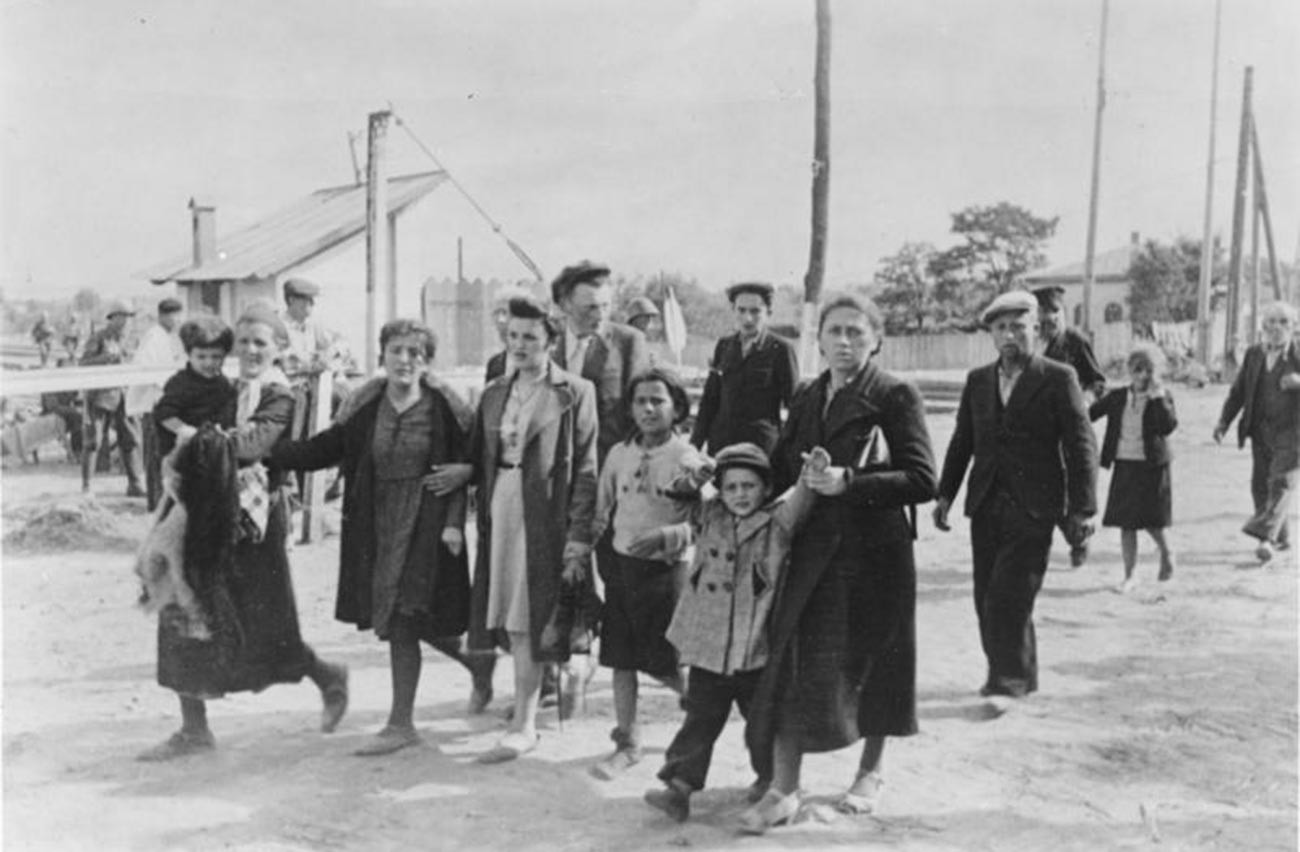
Romanians round up Jewish partisans and their families
Bundesarchiv
Lunch in the Chisinau ghetto
Bundesarchiv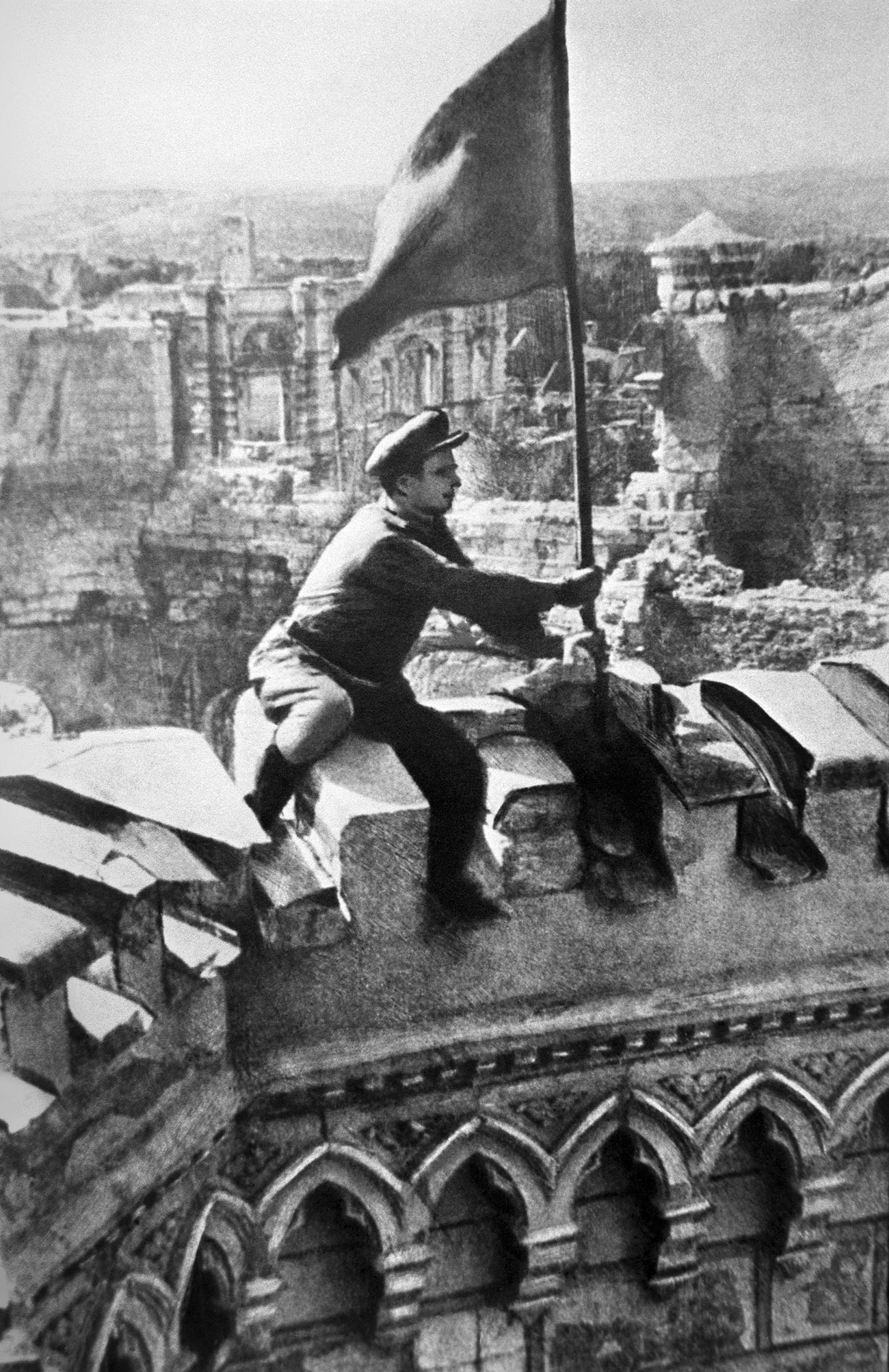
Raising the Banner of Victory over liberated Chisinau, 1944
TASSWine country
After the war, Moldova lay in ruins. Its infrastructure was wrecked, and disease was rampant for lack of medicine, not to mention mass unemployment and famine. The Soviet government allocated considerable resources to renovate its industry and agriculture, importing equipment and raw materials.
Moldava's leading industry was, and remains, winemaking. Moldavian wine was known and loved throughout the entire Soviet Union. Thanks to the warm climate, vast quantities of fruit, veg and berries could be grown and cultivated, as well as sunflowers, sugar beets, tobacco and other industrial crops.
In the 1950s, the powerful Dubasari hydroelectric station was built on the Dniester River; the sewing industry was developed, as was the production of refrigerators.
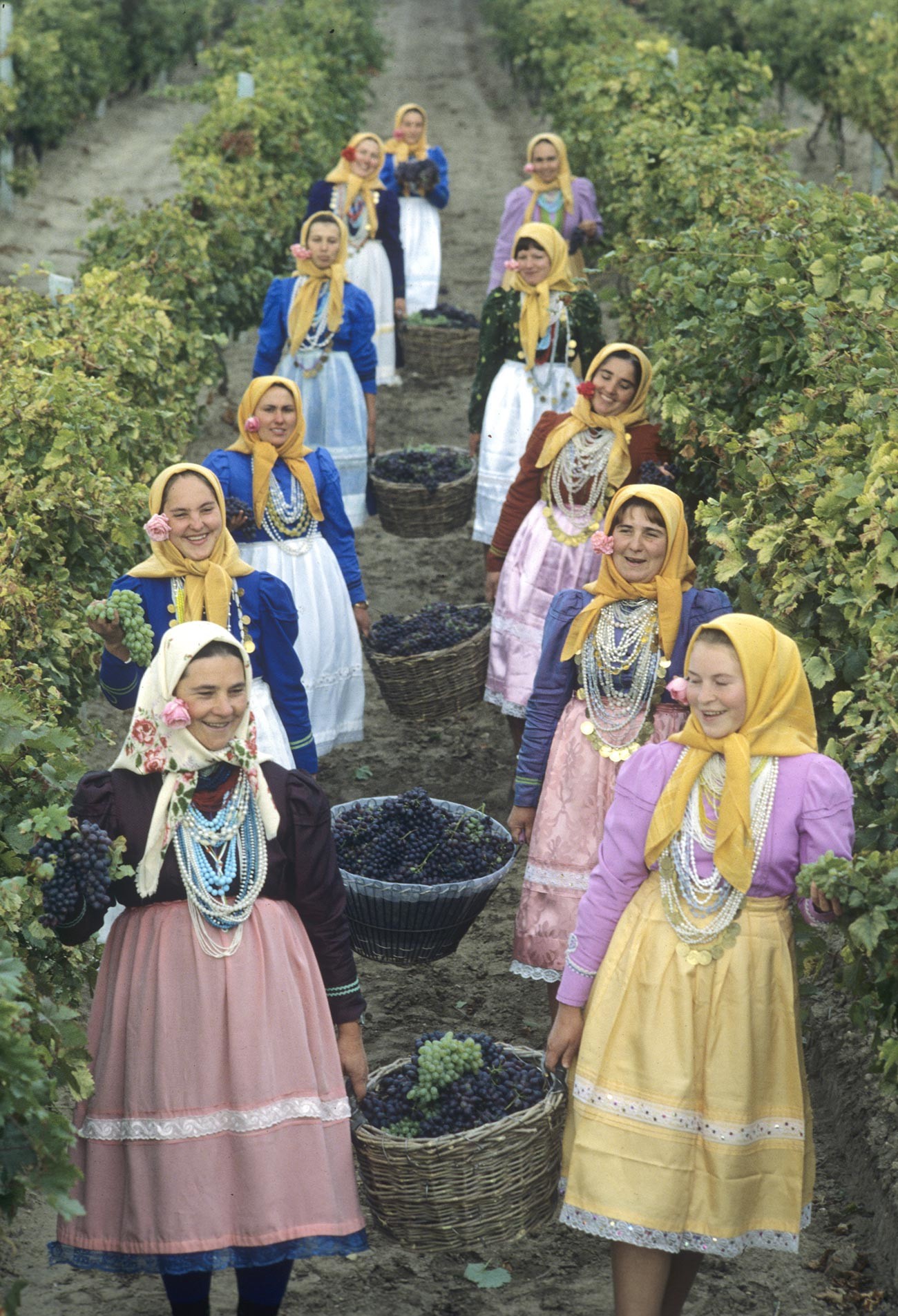
Grape harvest in a Moldavian village, 1982
Yu. Lizunov/Sputnik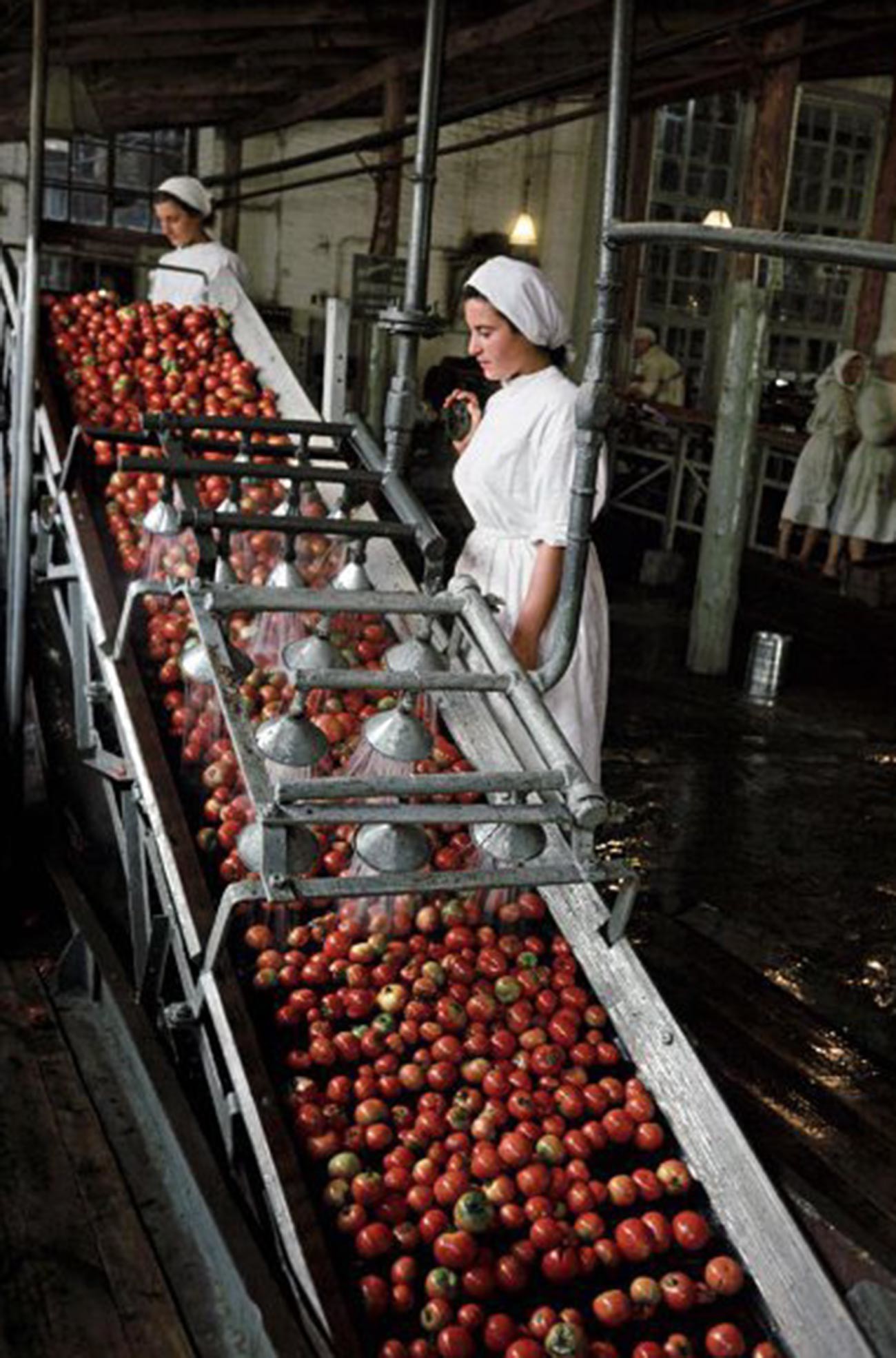
Tomatoes at the May 1st Tiraspol canning factory, 1953
Yakov Ryumkin/MAMM/MDF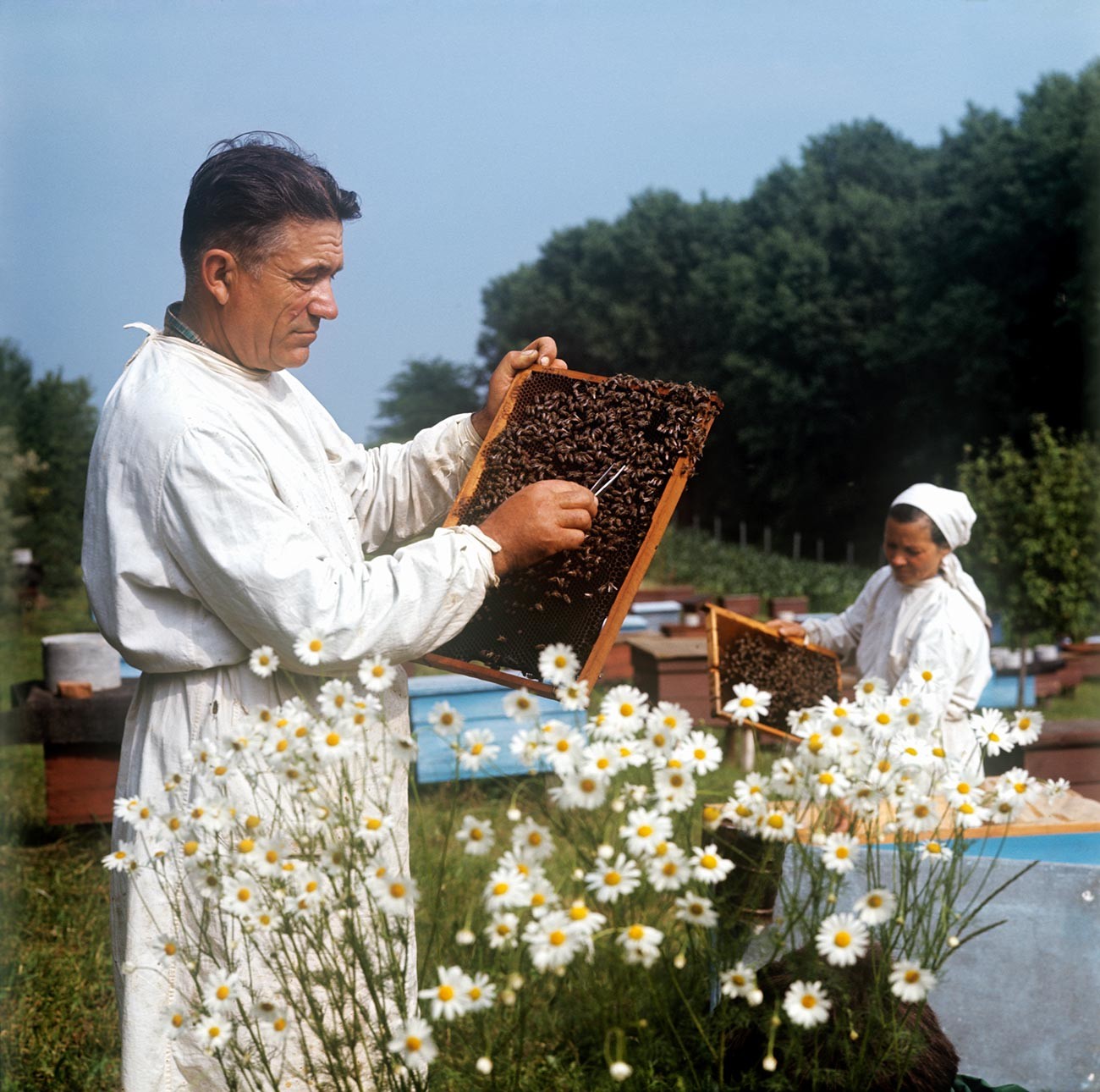
Beekeeper Anton Lupulchuk in an apiary at the Mayak collective farm in the Dondyushansky district. Moldavian SSR, 1975
I. Kibziy/Sputnik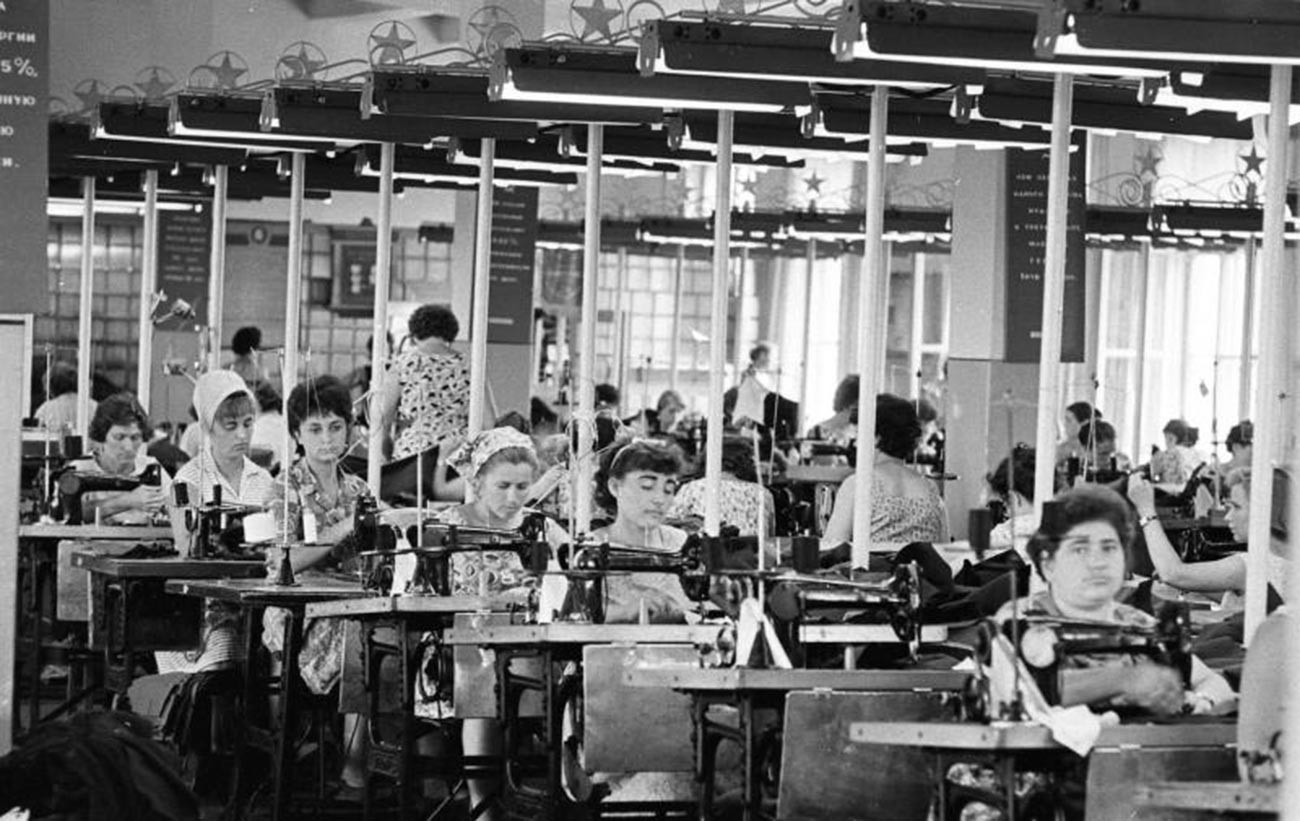
“40 Years of the Komsomol” sewing factory, 1964
Vsevolod Tarasevich/MAMM/MDF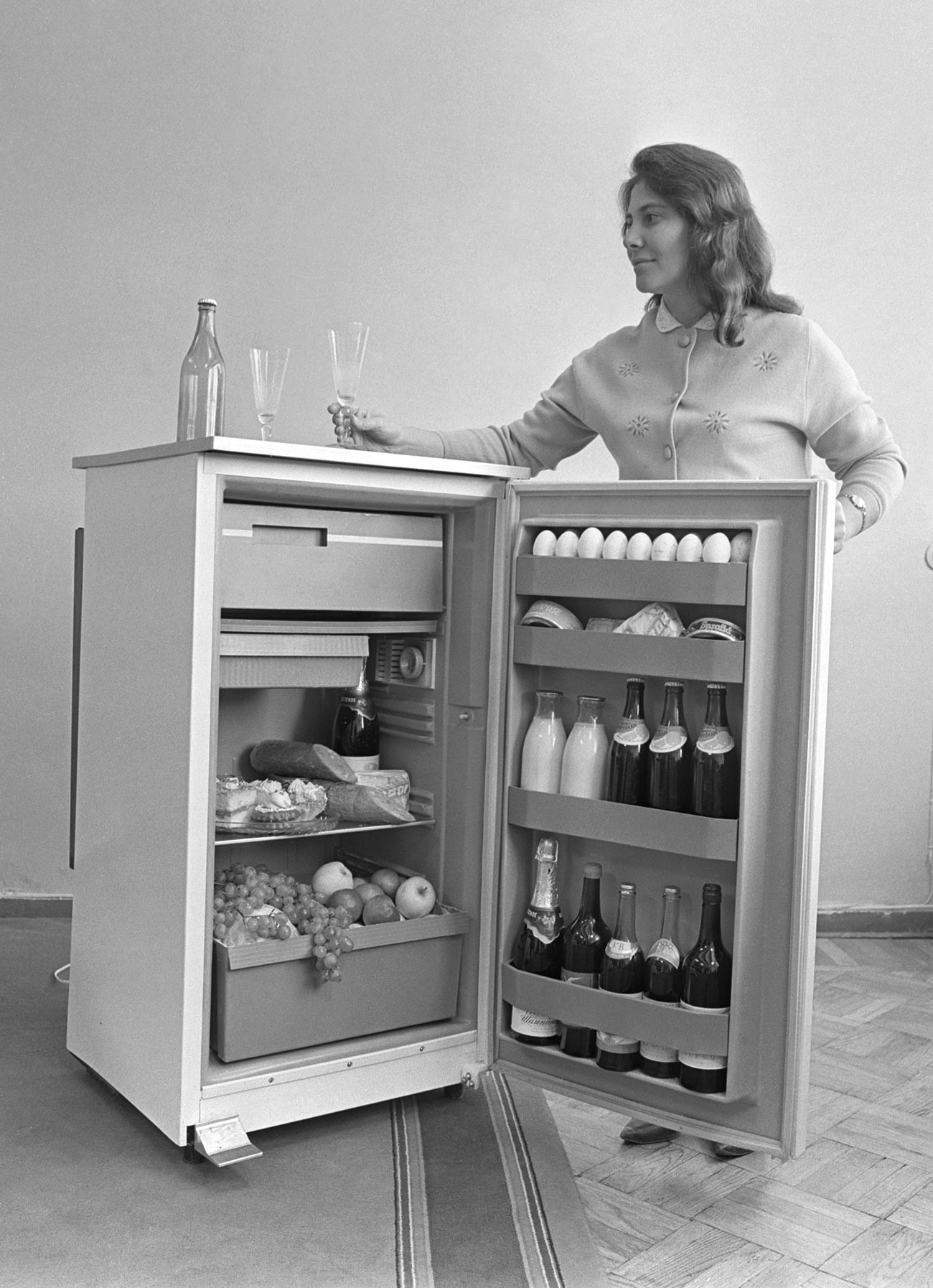
Chisinau refrigerator plant, 1970
Efim Dreischner/TASS
Dubasari hydroelectric station, 1980
V. Sedachev/SputnikImages of Soviet life
Peacetime brought the usual Soviet trappings: May Day celebrations, pioneer processions and domestic feasts.
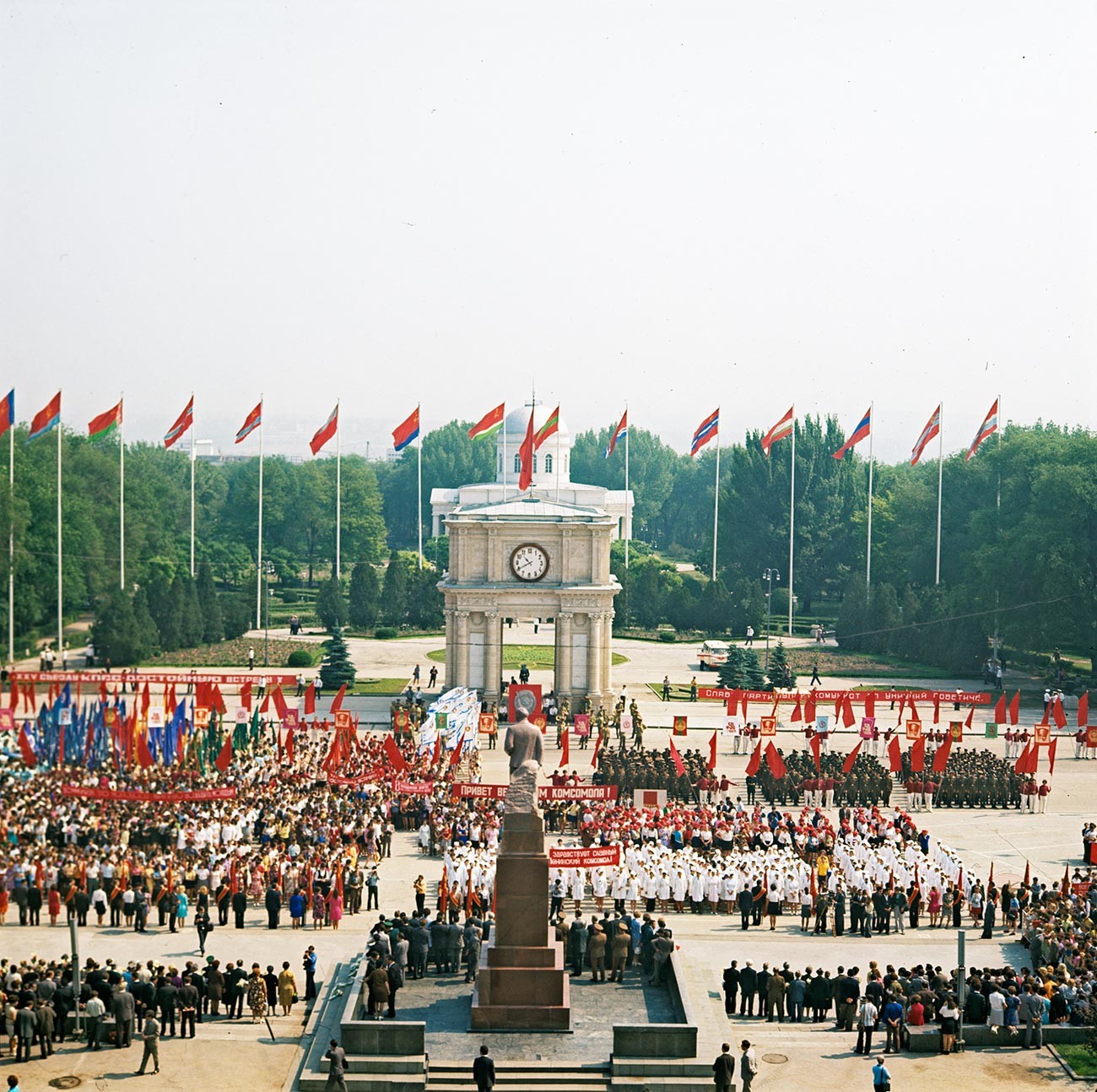
Victory Day celebration on Victory Square in Chisinau, 1976
I. Kibziy/Sputnik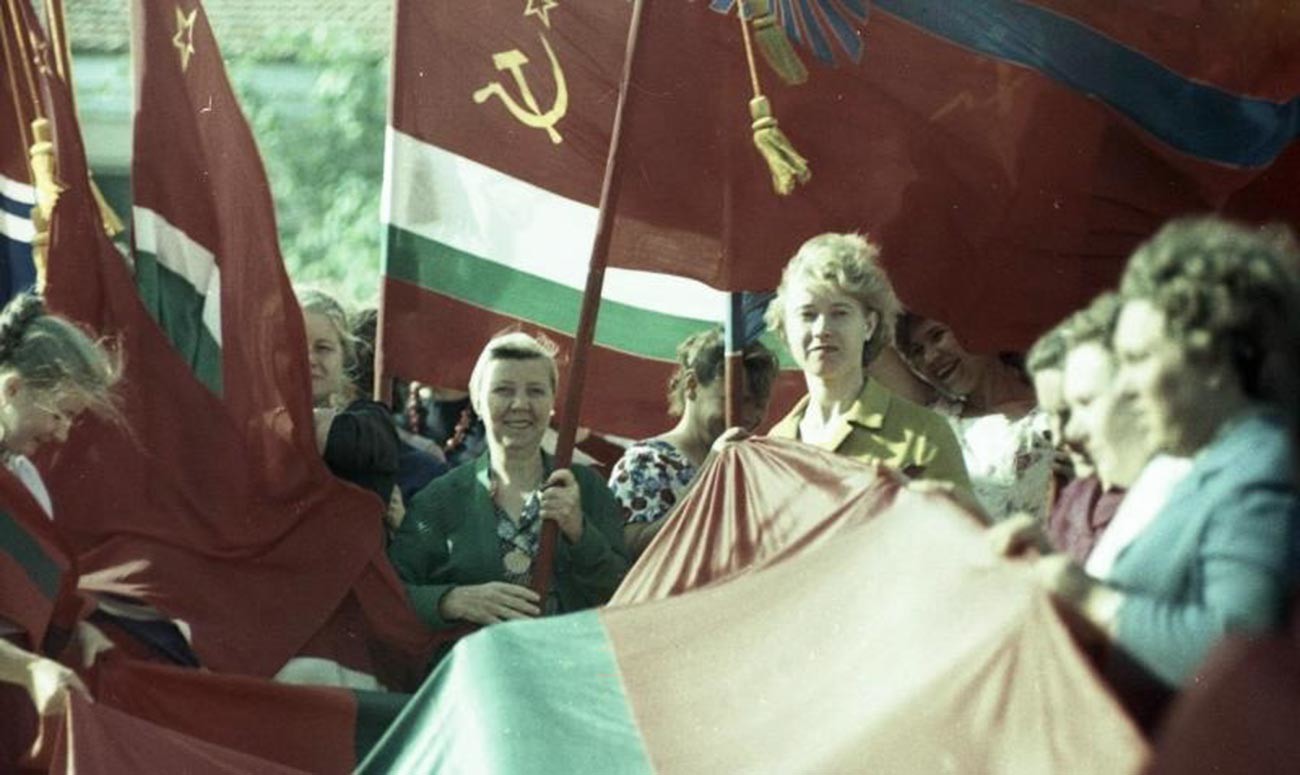
Public meeting in Tiraspol, 1964
Vsevolod Tarasevich/MAMM/MDF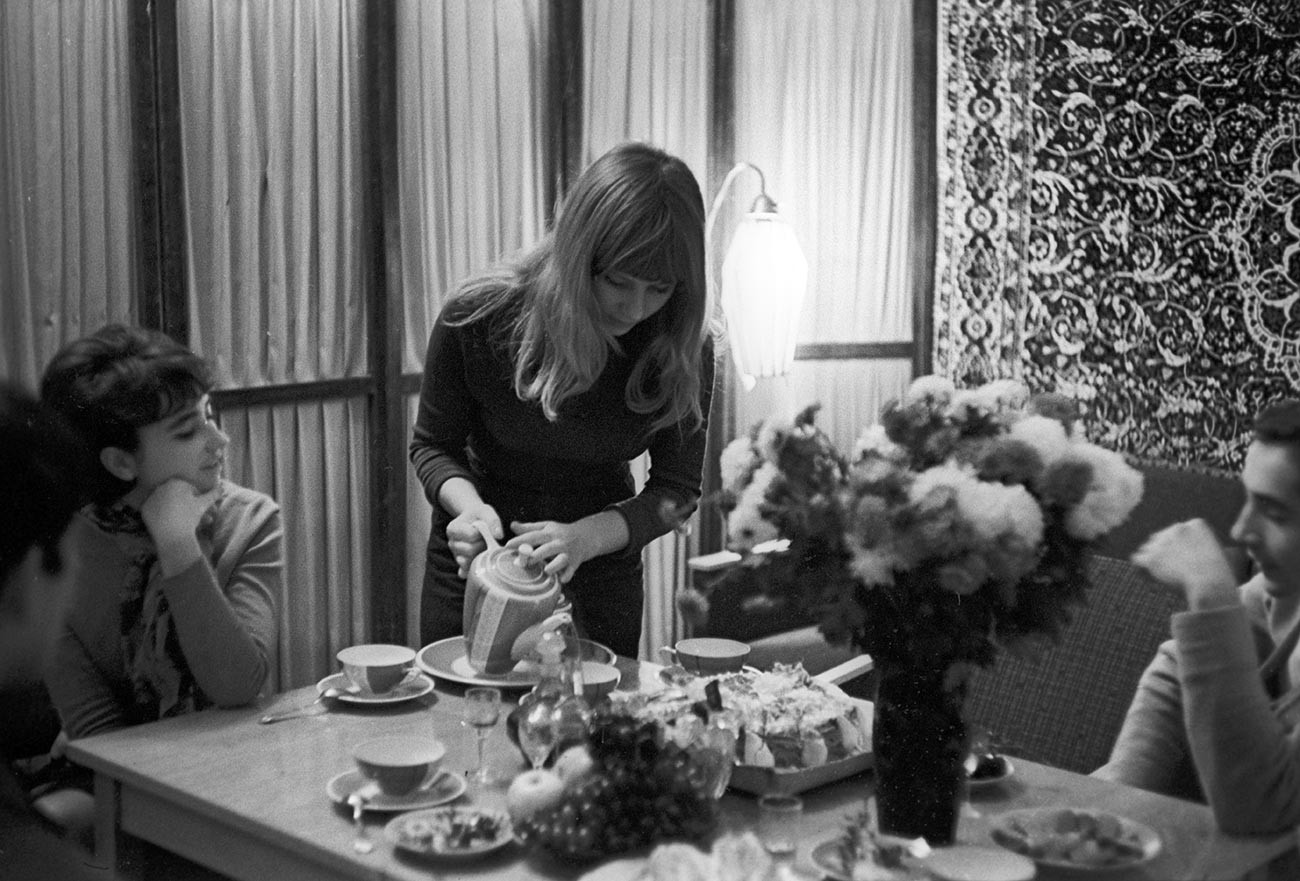
Moldavian singer Olga Sorokina with friends in her apartment in Chisinau, 1968
Alexander Makarov/Sputnik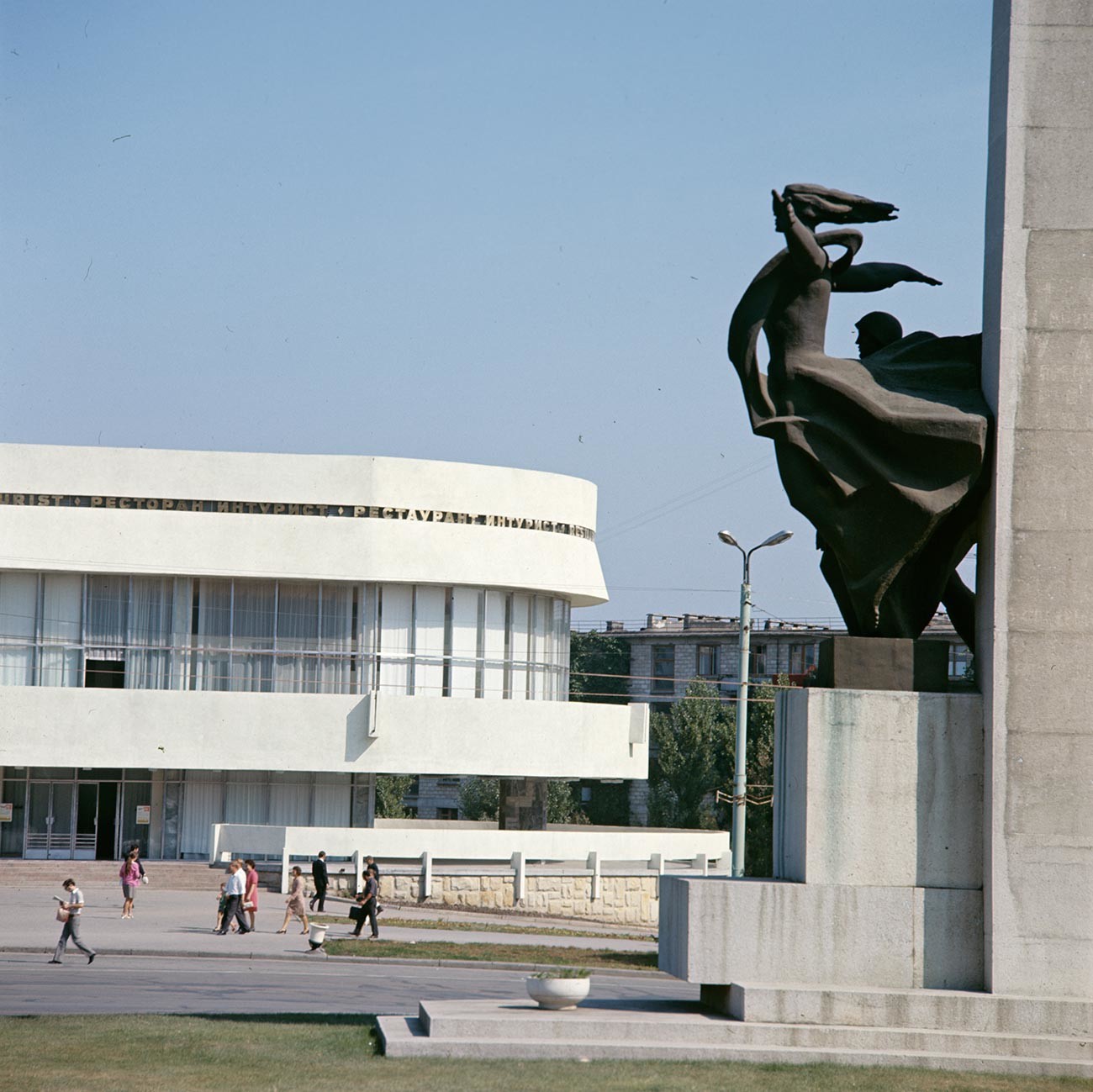
Monument to the liberators of Chisinau from Nazi forces, 1974
Igor Vinogradov/Sputnik
A.S. Pushkin Moldavian State Music and Drama Theater on Lenin Avenue, Chisinau, 1960s.
Efim Dreischner/TASS
Academy of Sciences of the Moldavian SSR in Chisinau, 1966
Efim Dreischner/TASS
Railway station and square in Chisinau, 1967.
Naum Granovsky/TASS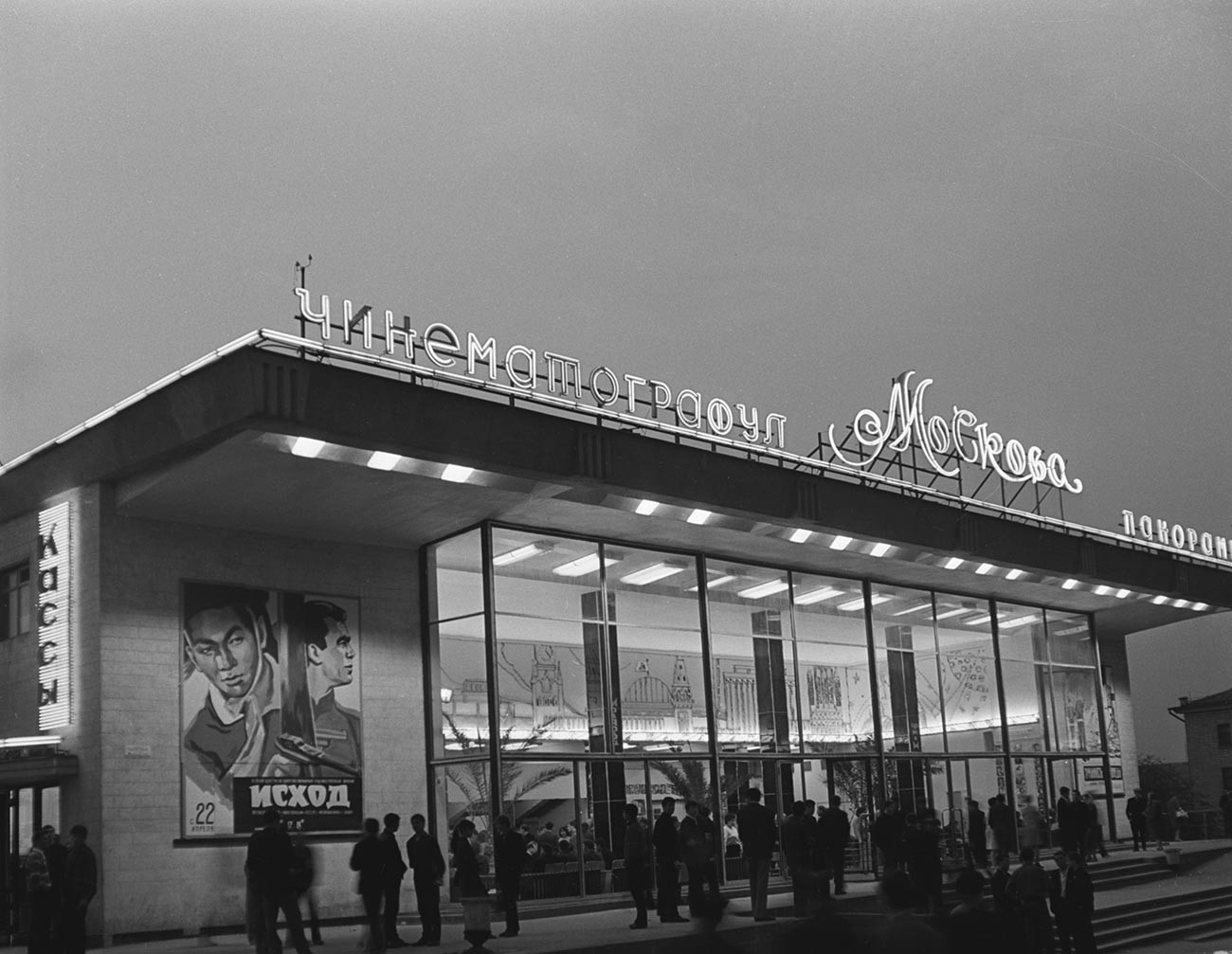
Moskva movie theater in Chisinau, 1968.
Nikolay Akimov, Efim Dreischner/TASS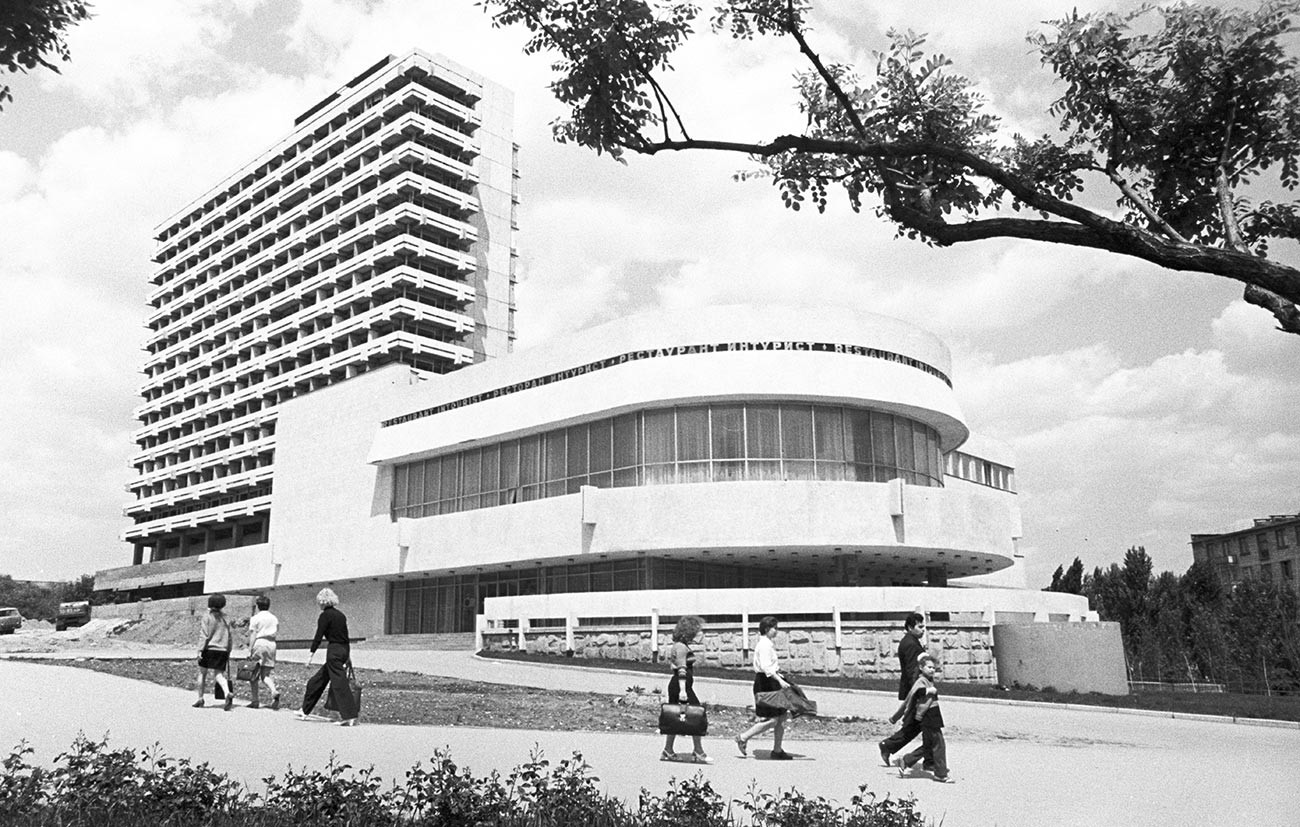
Intourist hotel and restaurant under construction on Lenin Avenue in Chisinau, 1974
Boris Kavashkin/Sputnik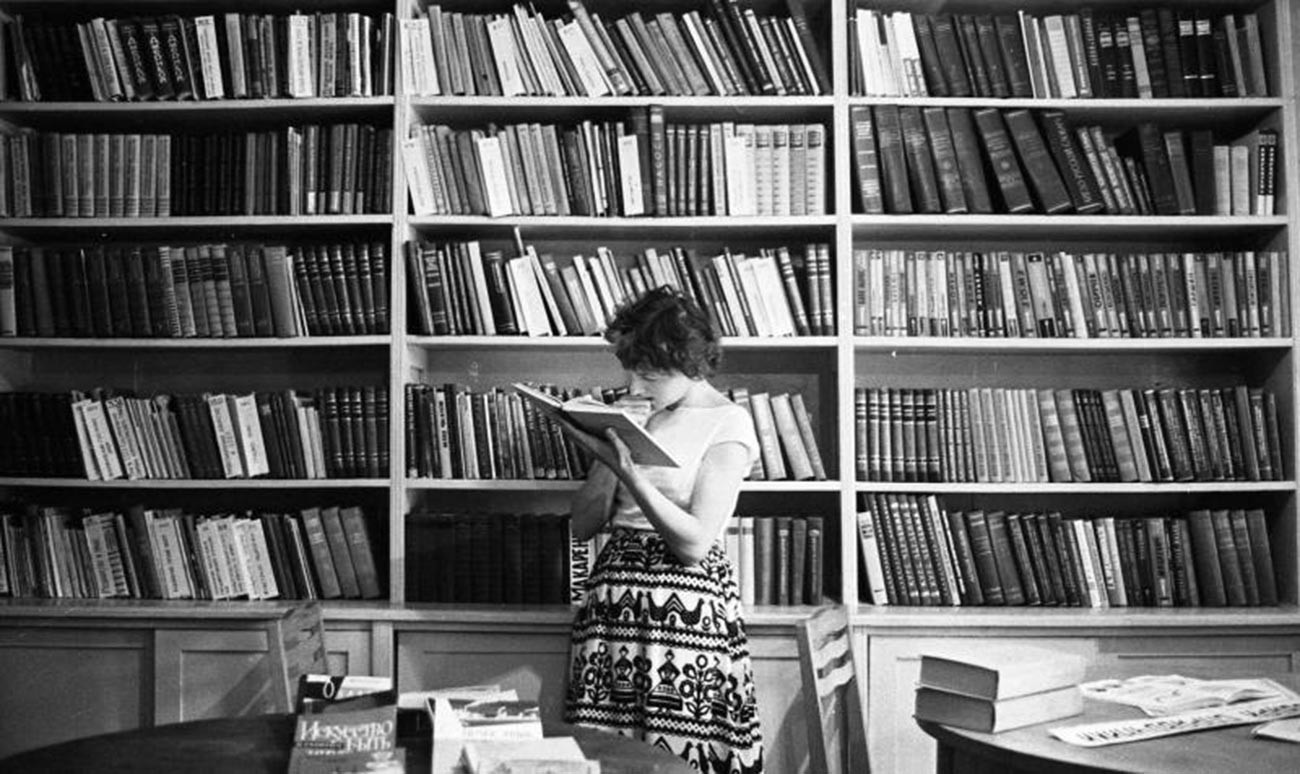
Library in Tiraspol, 1964
Vsevolod Tarasevich/MAMM/MDF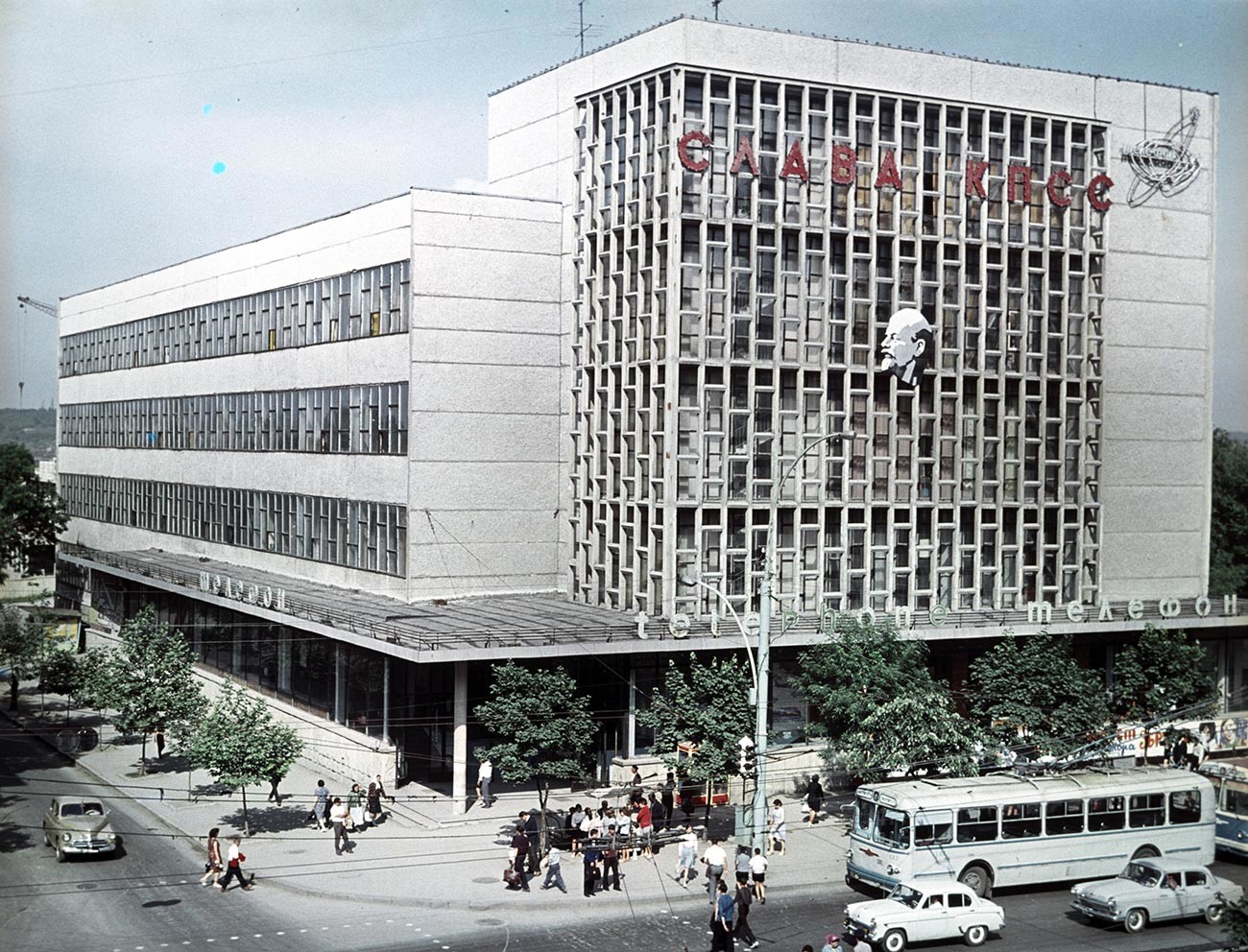
Central Telegraph building in Chisinau, 1972.
B. Krutsko/Sputnik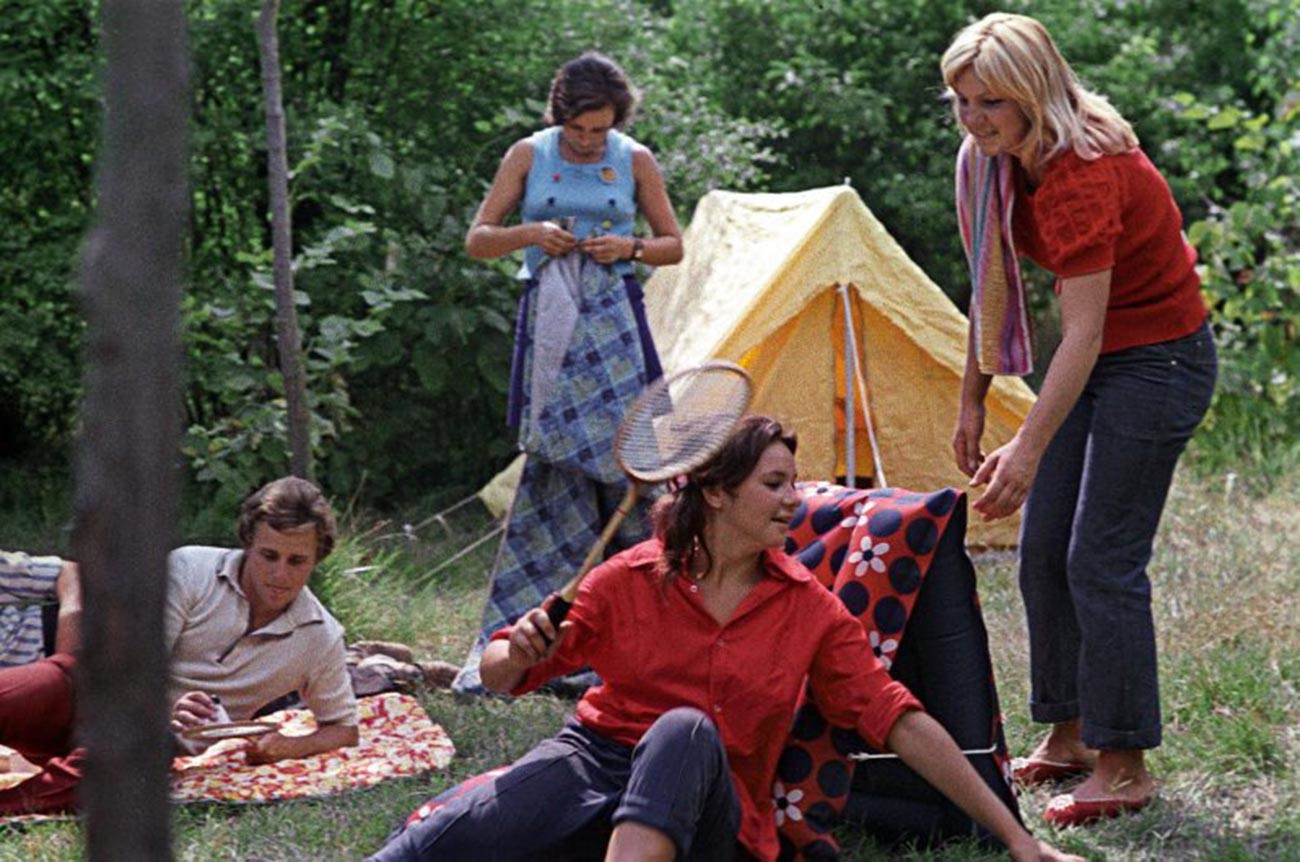
Garment factory workers on a Sunday, 1975
Eduard Ettinger/MAMM/MDF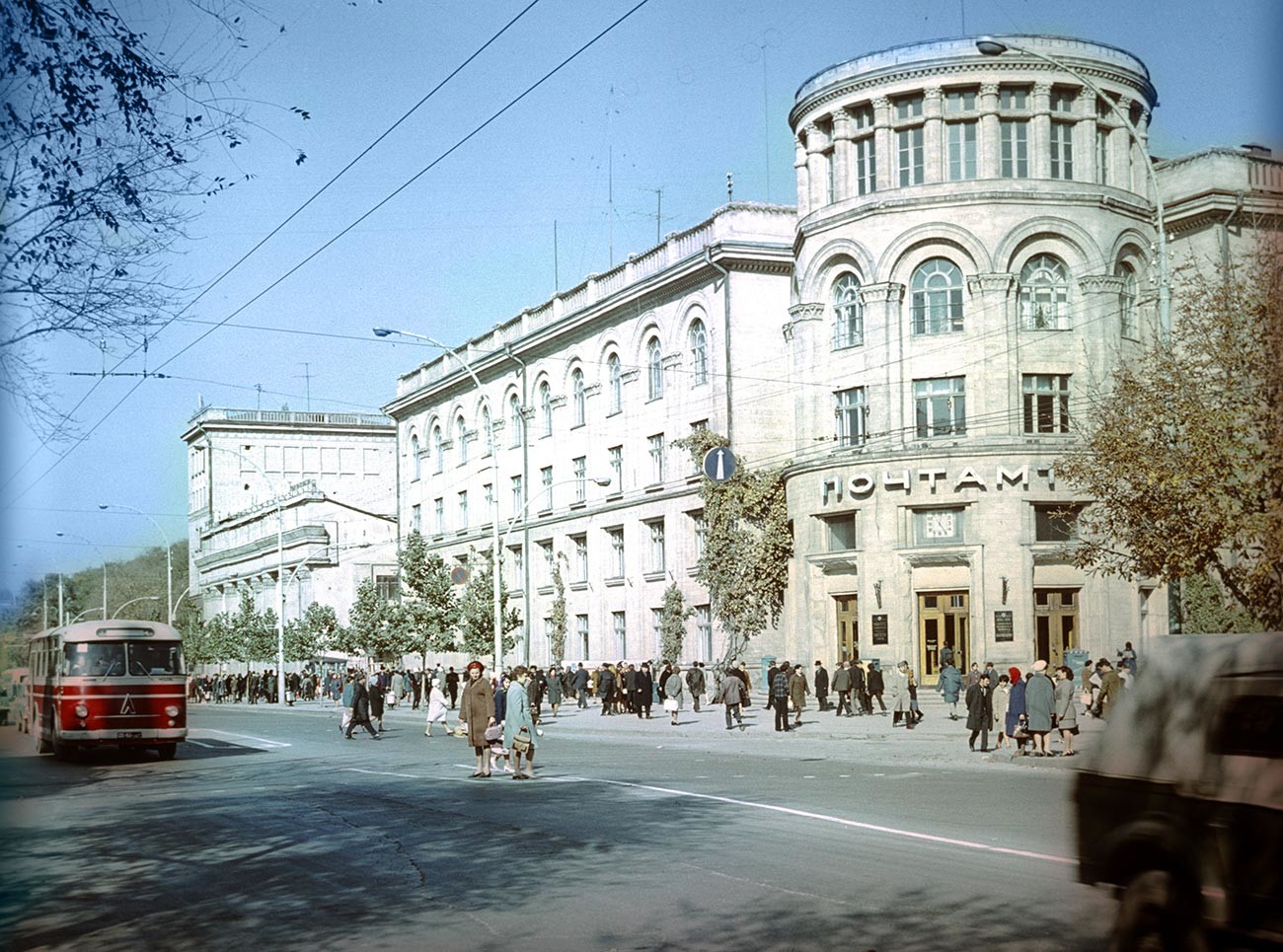
Post Office building in Chisinau, 1972.
B. Krutsko/Sputnik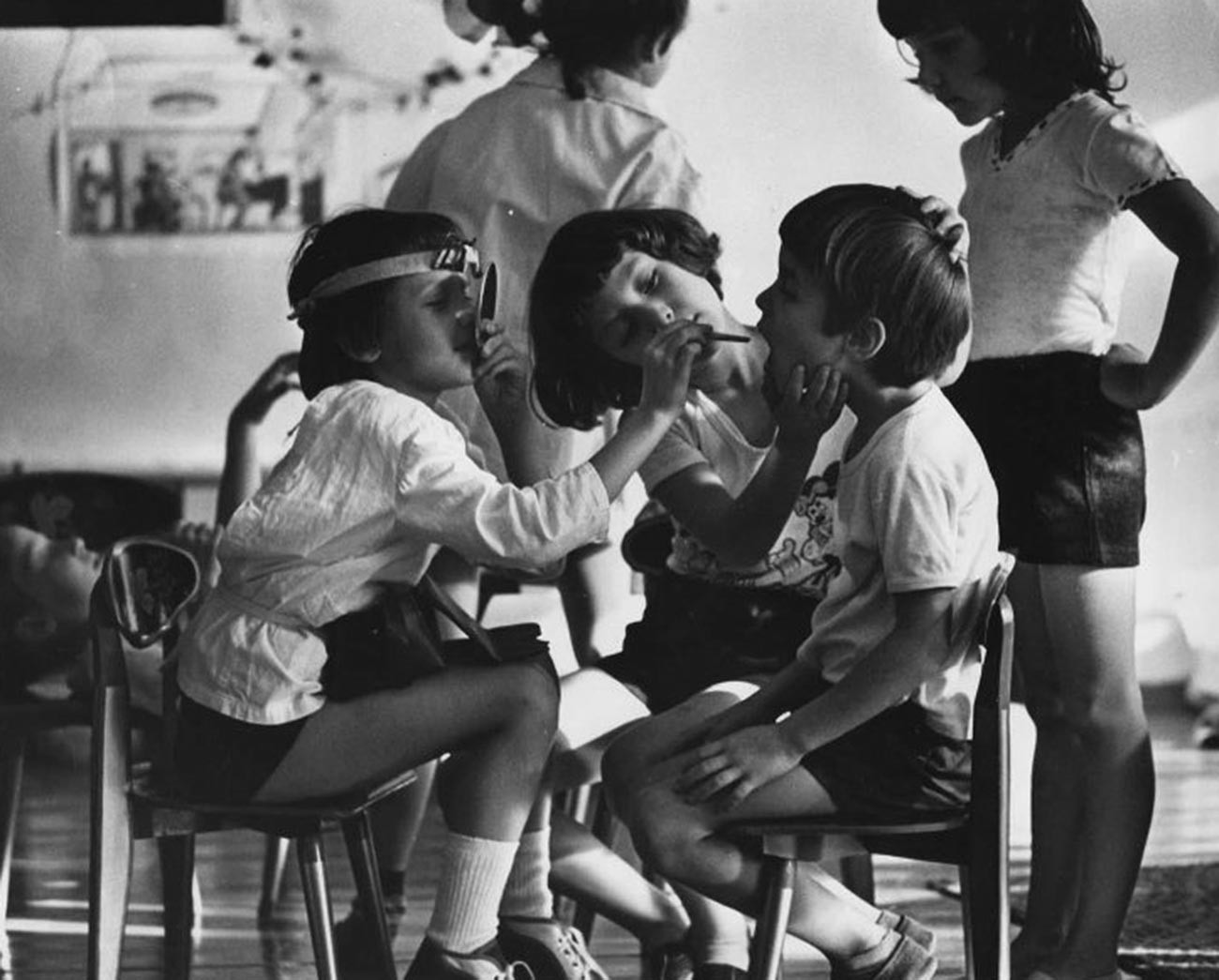
Playing at being dentists. Kindergarten, 1985
Georgy Rozov/MAMM/MDF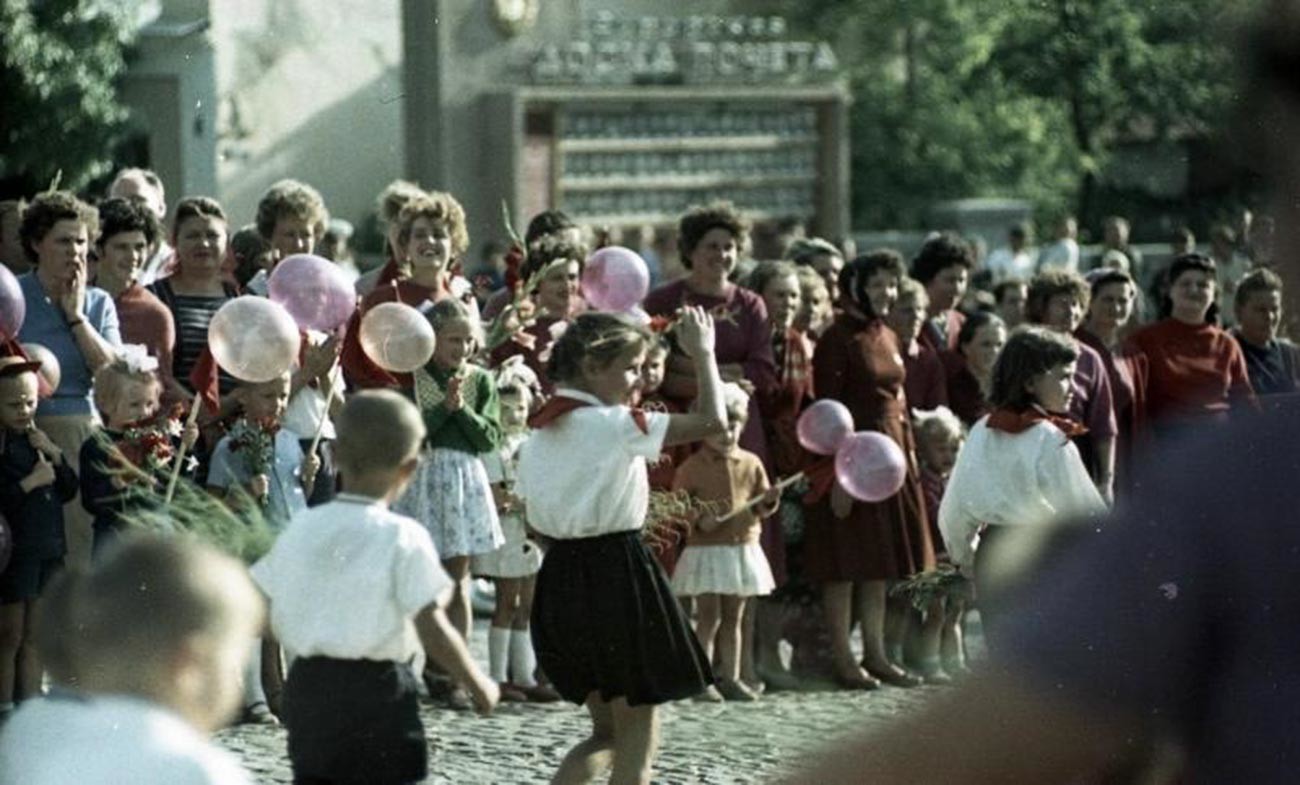
Parade in Tiraspol, 1964
Vsevolod Tarasevich/MAMM/MDFFaces of Moldova
The bulk of the population consisted of Moldovans, Ukrainians and Russians. But historically the region had a large Gagauz community (a Turkic people), as well as many Jews, Bulgarians and Roma. People from all across the USSR were drawn to Moldova for its warm climate and work opportunities. Many tourists came too.
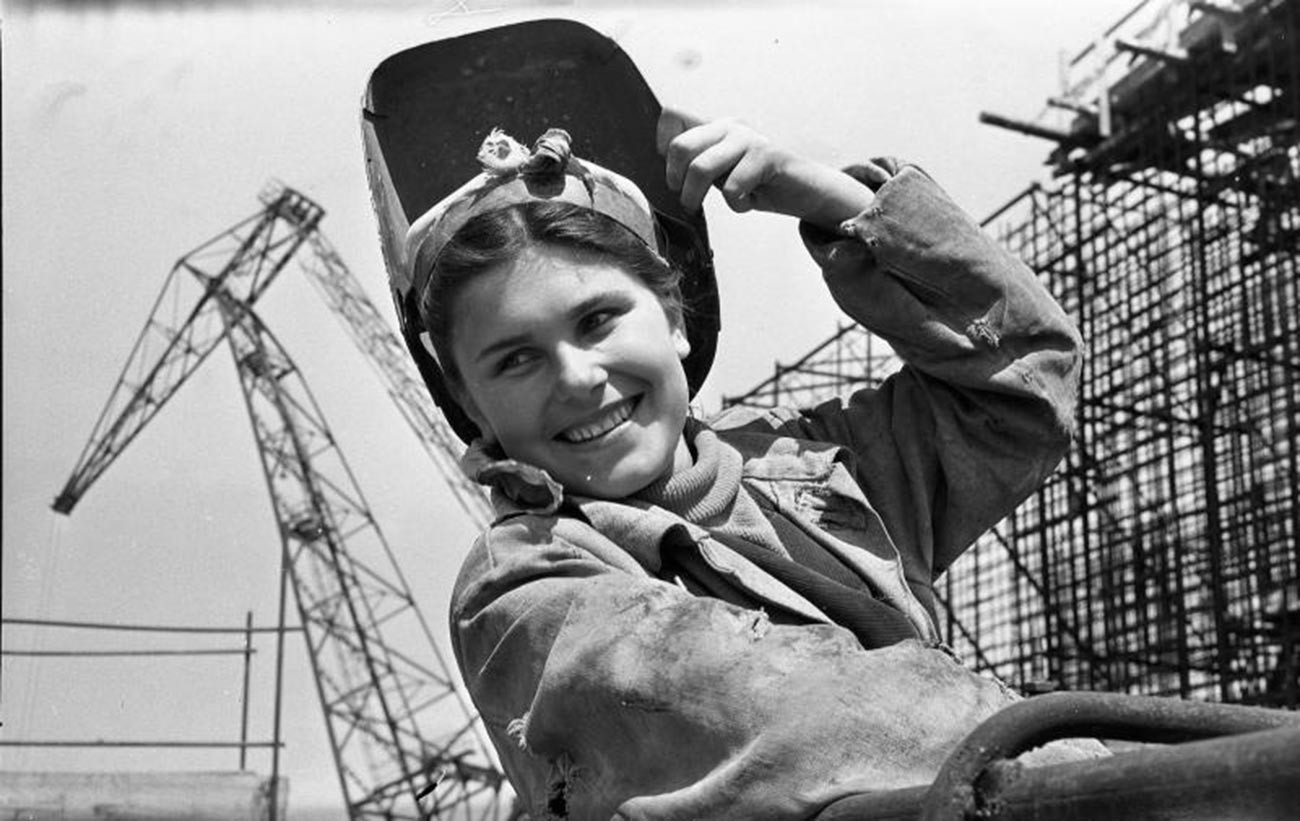
Electric welder, 1950s
Vsevolod Tarasevich/MAMM/MDF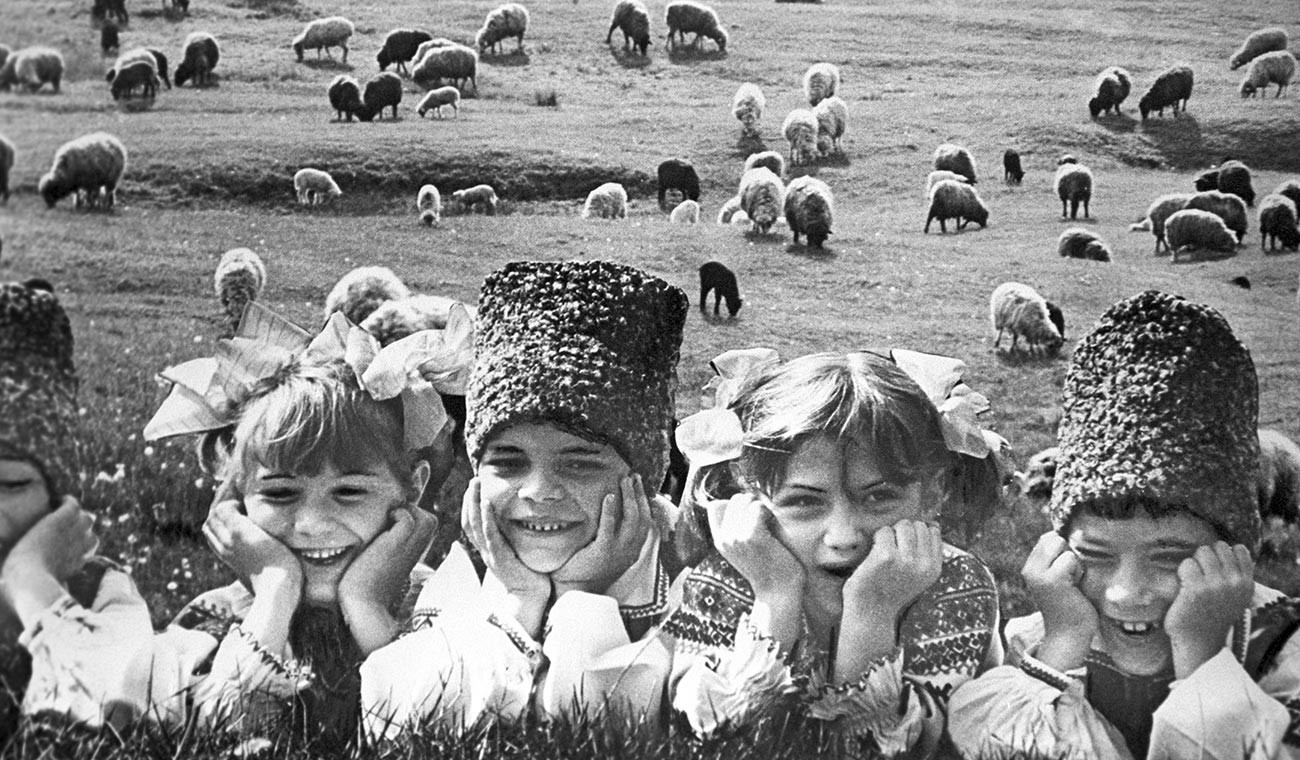
Shepherding, 1989
I. Zenin/Sputnik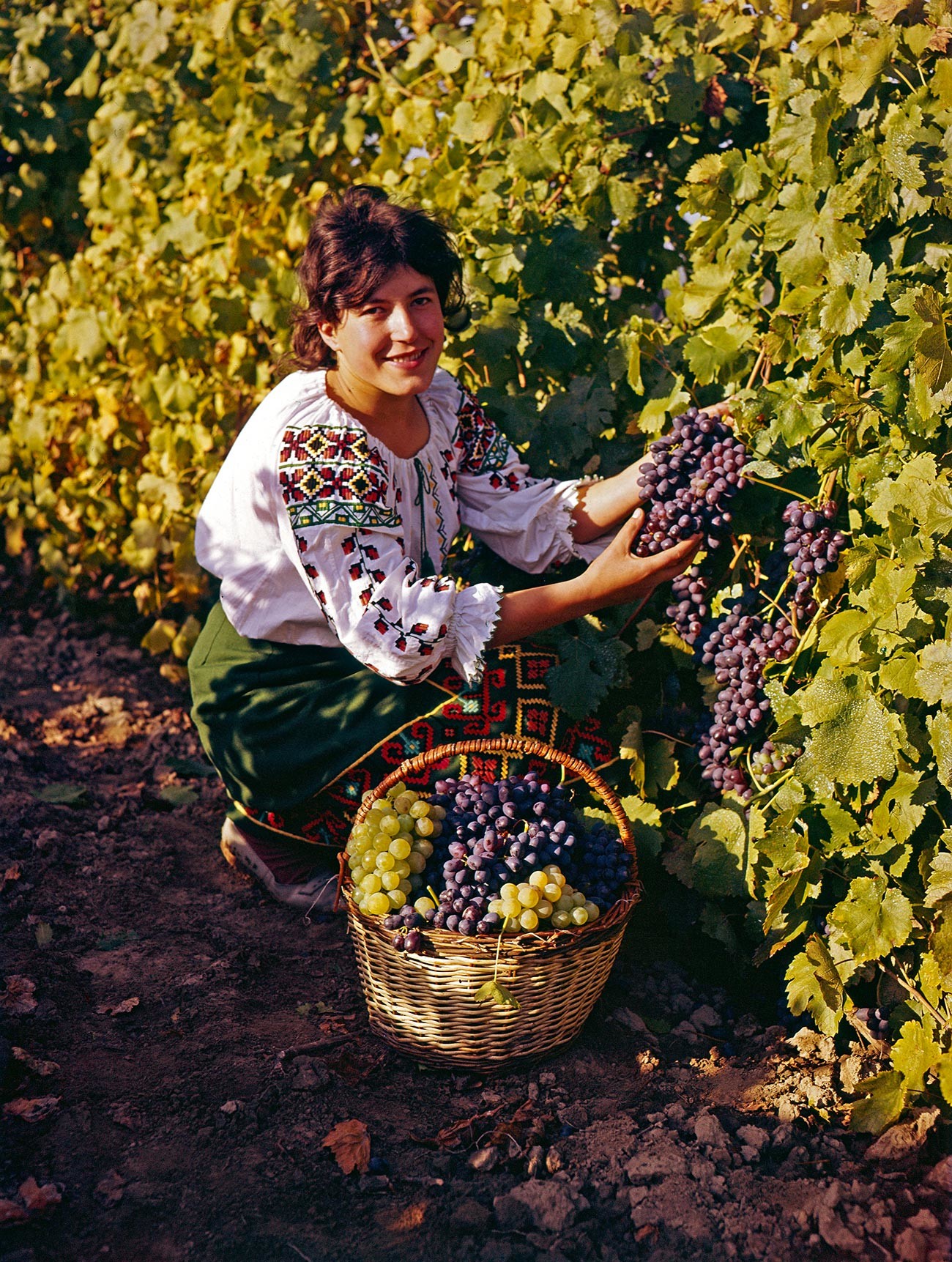
Grape harvest in the Moldavian SSR, 1972
B. Krutsko/Sputnik
Moldavian metallurgical plant in the city of Rybnitsa. Galina Frolova, senior controller of the steelmaking section, 1987
I. Zenin/Sputnik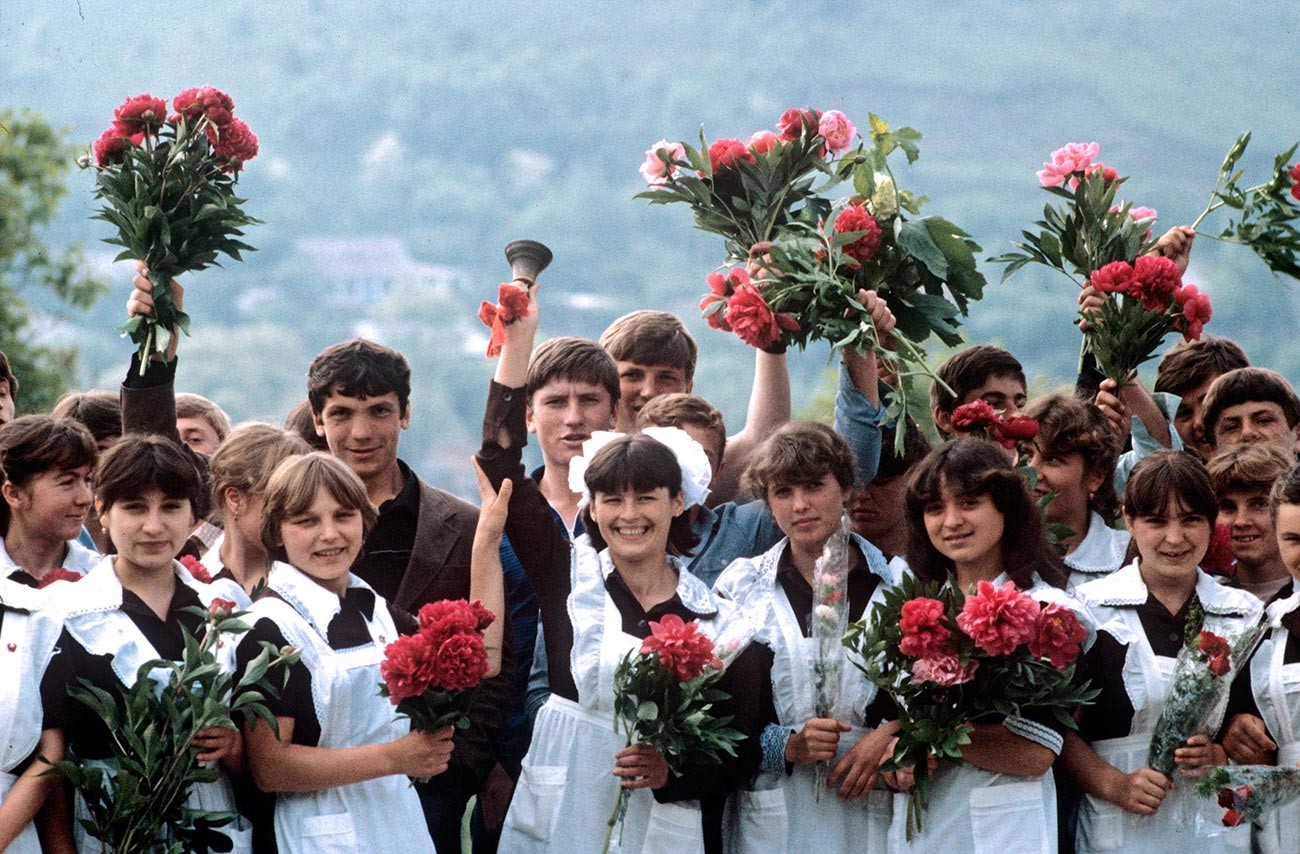
Moldavian SSR. “Last Bell” school-leaving ceremony in the village of Berdar, Kotovsky district, 1986
I. Zenin/Sputnik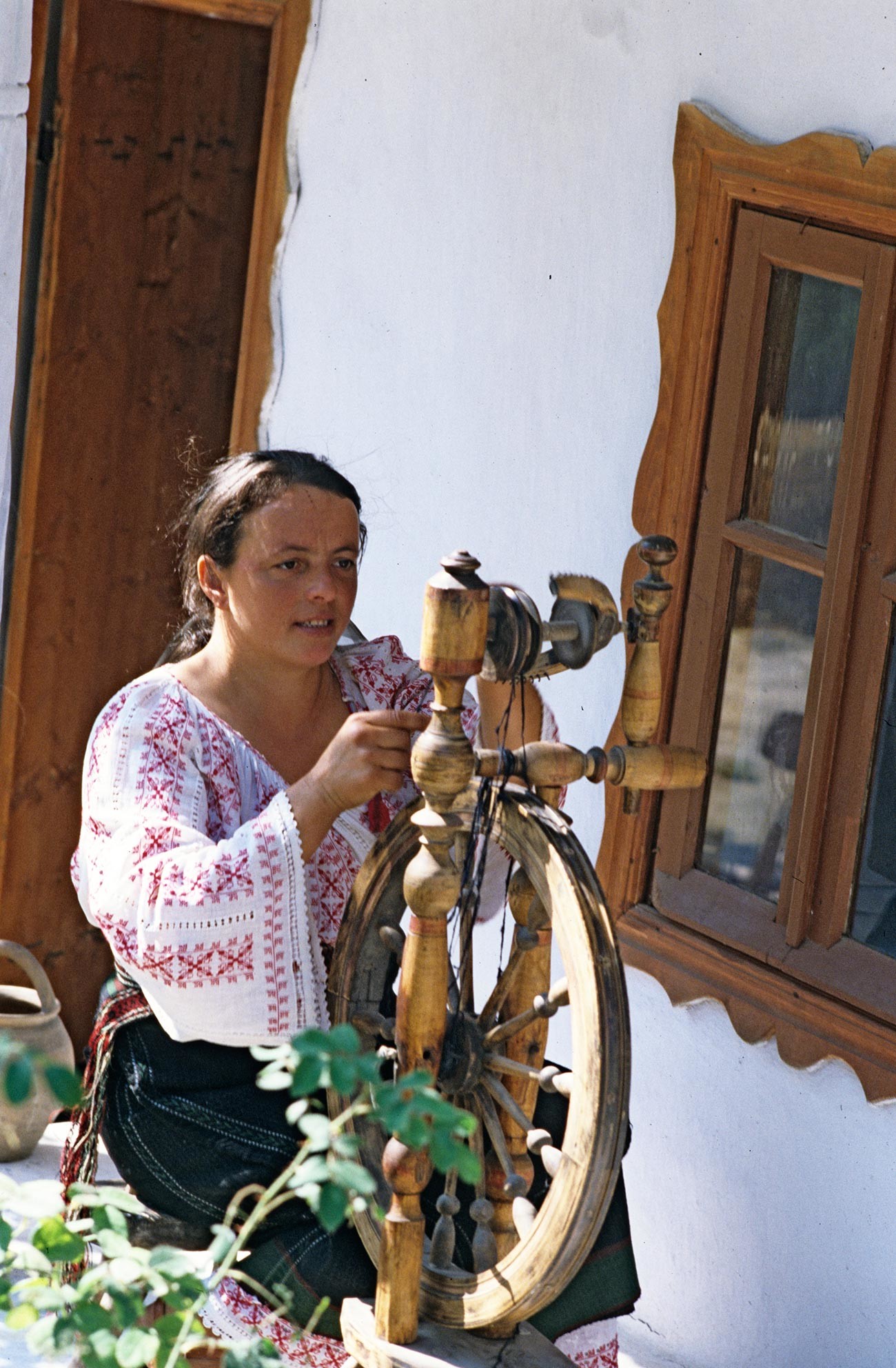
Moldavian SSR. Spinner from the village of Butucheny near the Old Orhei historical-archaeological complex, 1985
Alexander Grashchenkov/Sputnik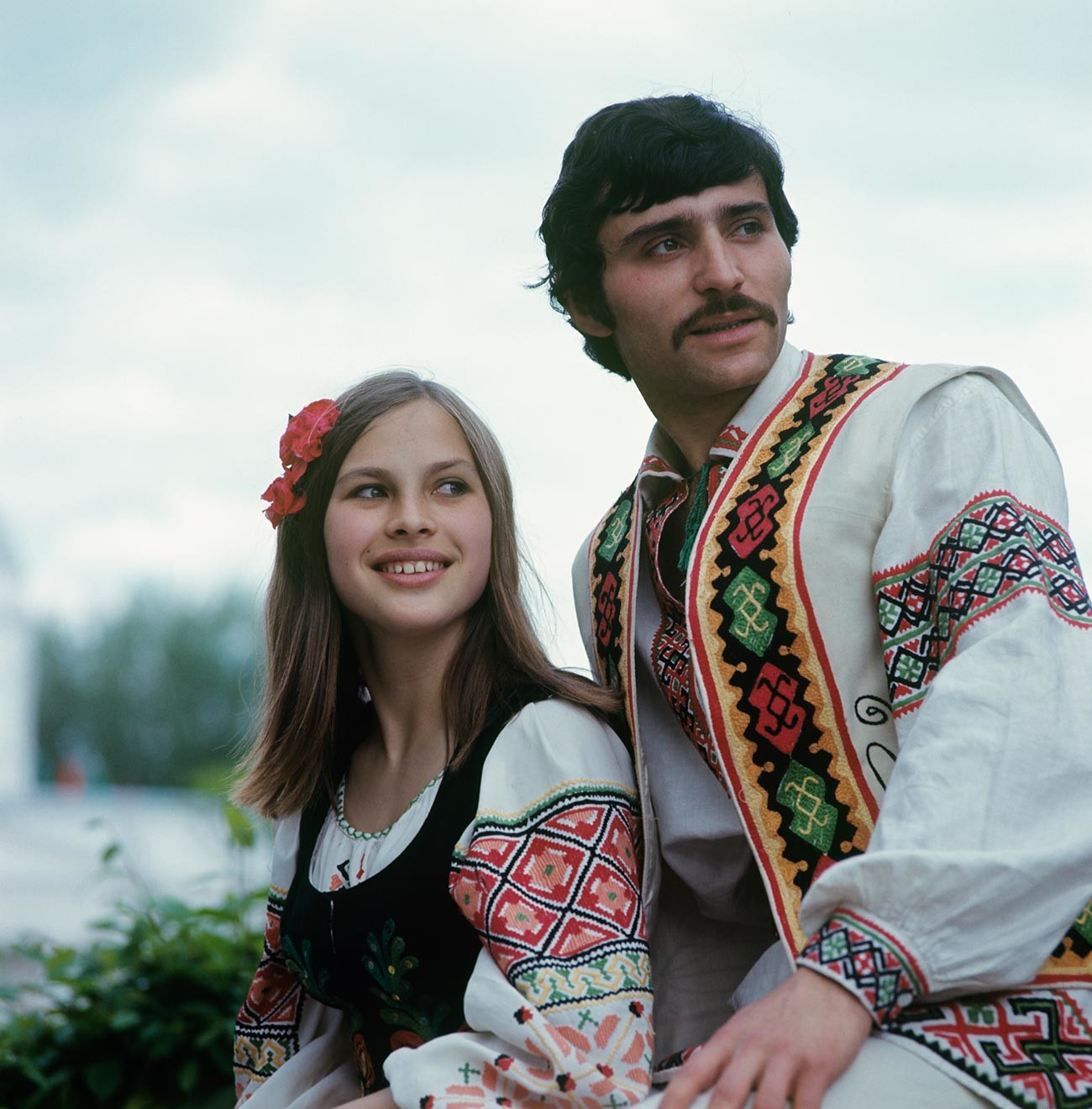
Members of the folk-dance ensemble Moldavanesca, 1975
Boris Kavashkin/Sputnik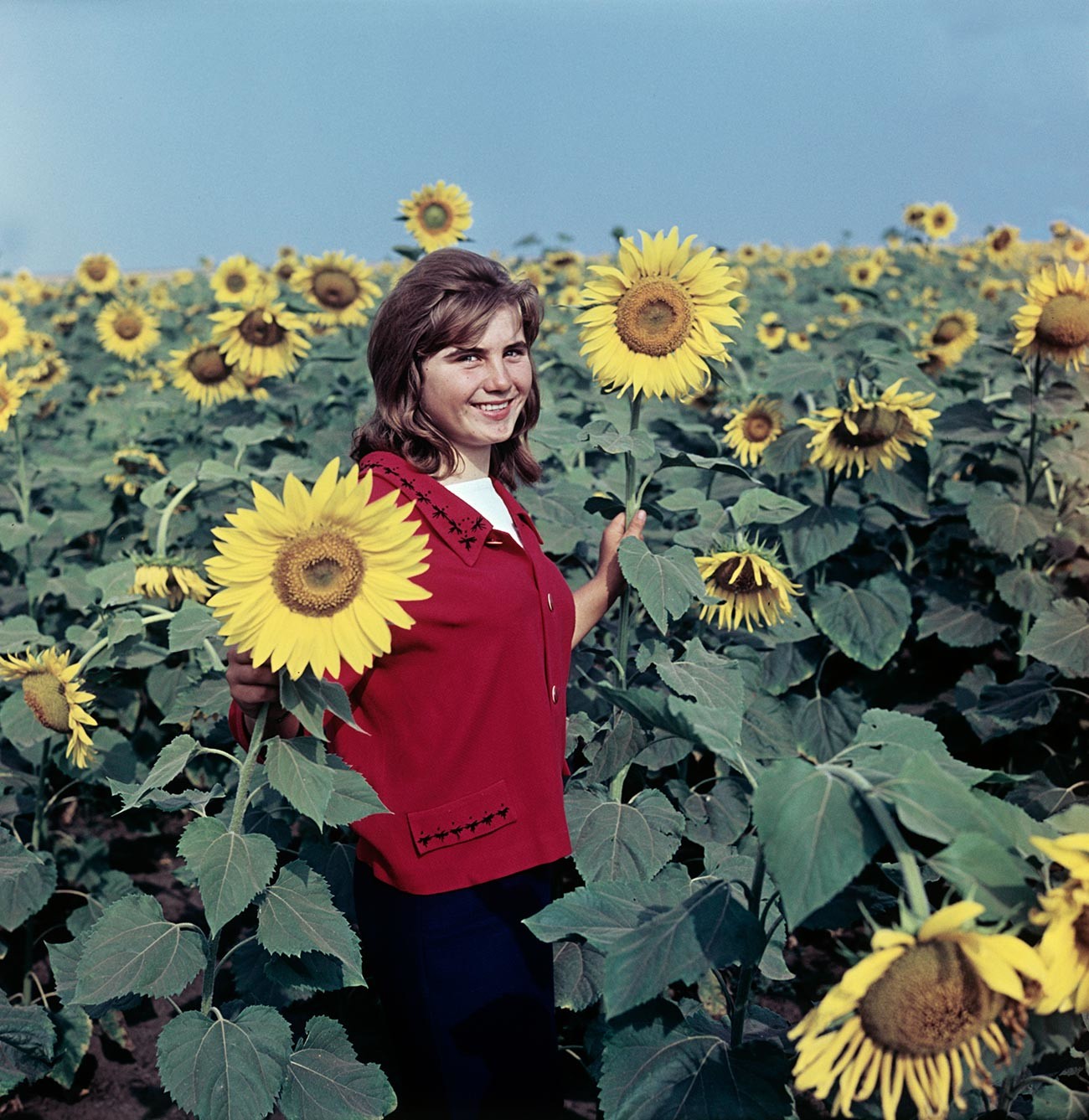
Olya Grigorenko, a worker at the “Testament of Lenin” collective farm, in a sunflower field, 1966
Fred Grinberg/Sputnik
Sofia Rotaru, an ethnic Moldavian singer famous throughout the USSR (and still popular today), 1974
B. Krishtul/SputnikIf using any of Russia Beyond's content, partly or in full, always provide an active hyperlink to the original material.
Subscribe
to our newsletter!
Get the week's best stories straight to your inbox